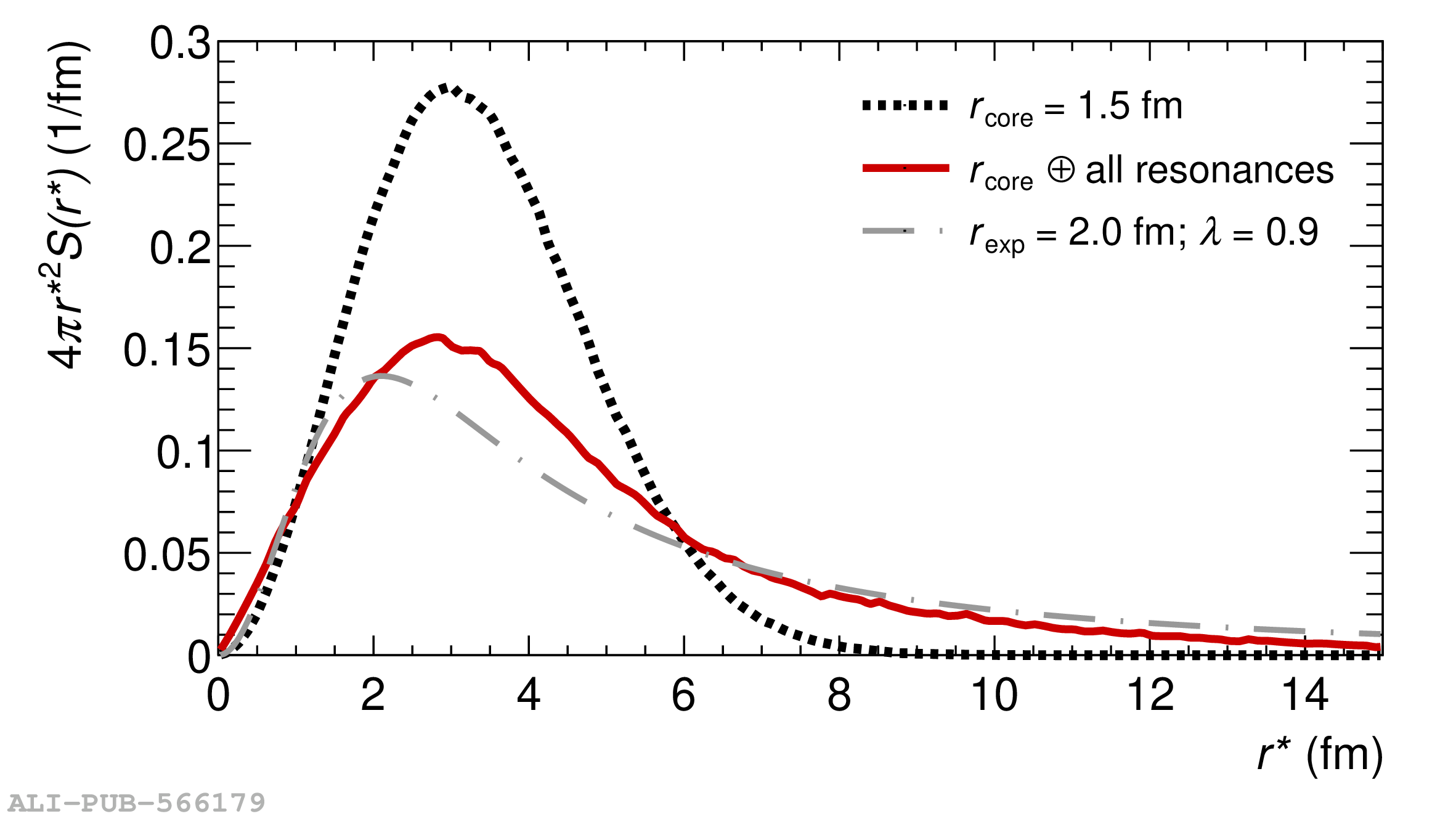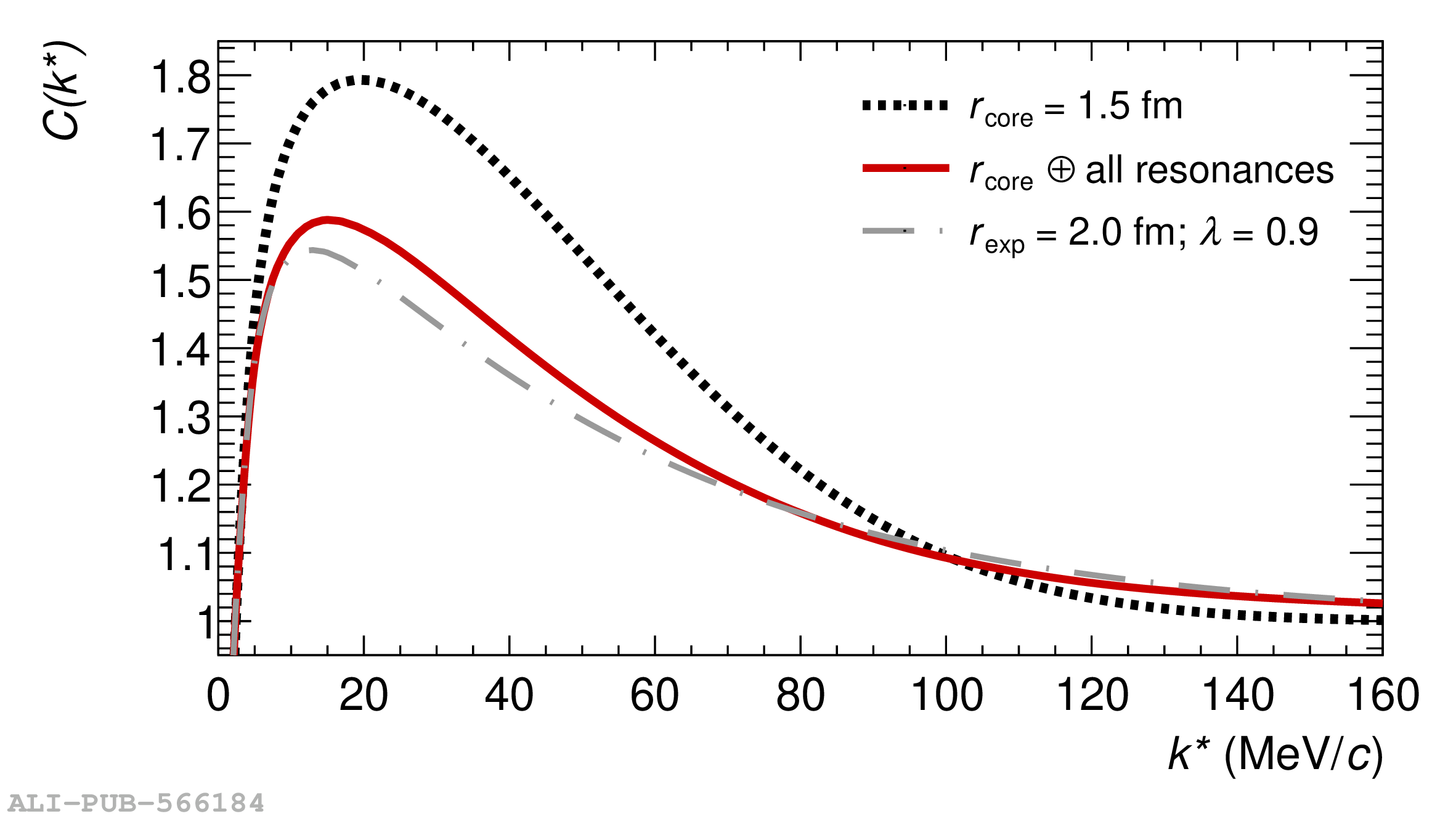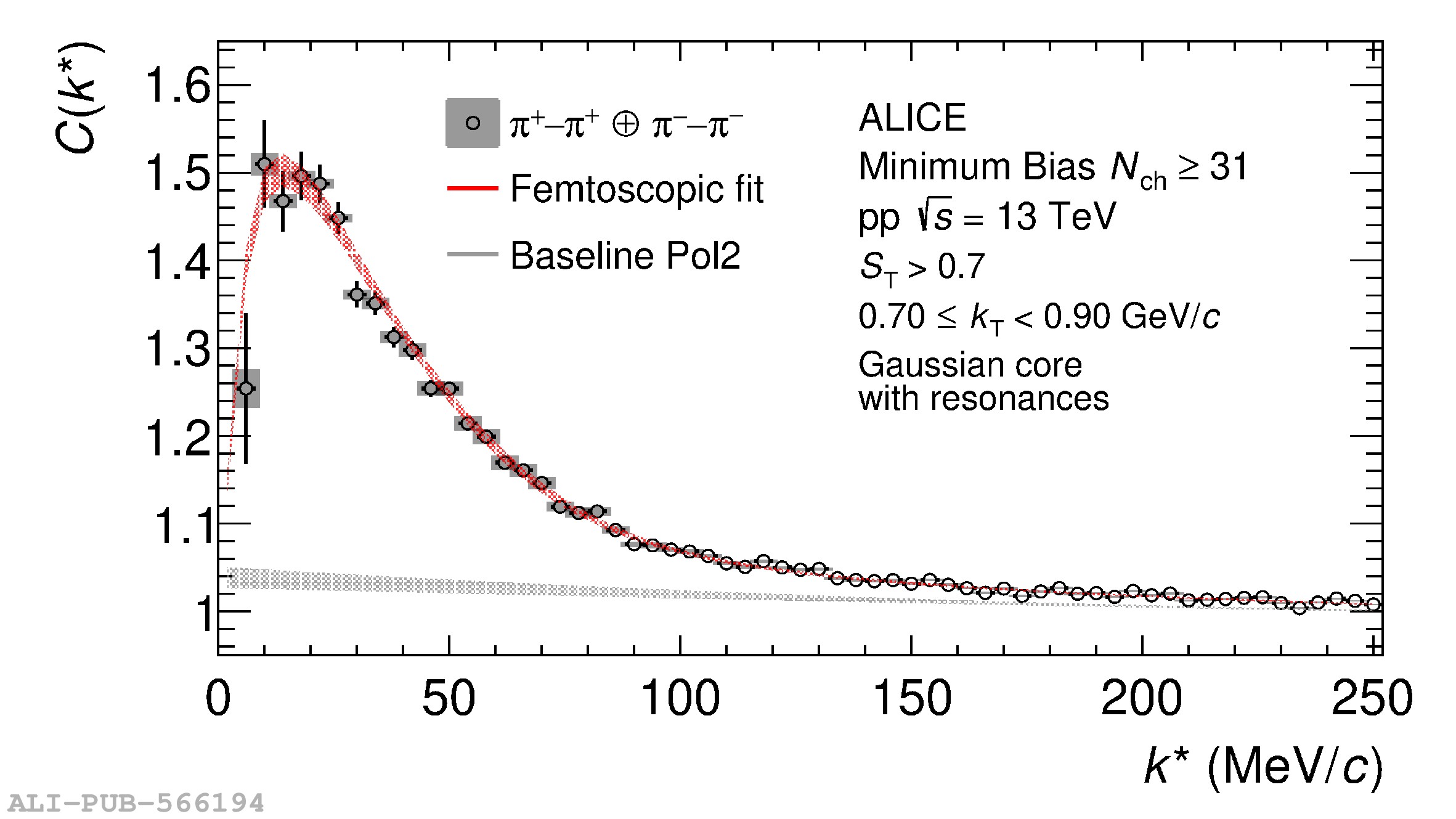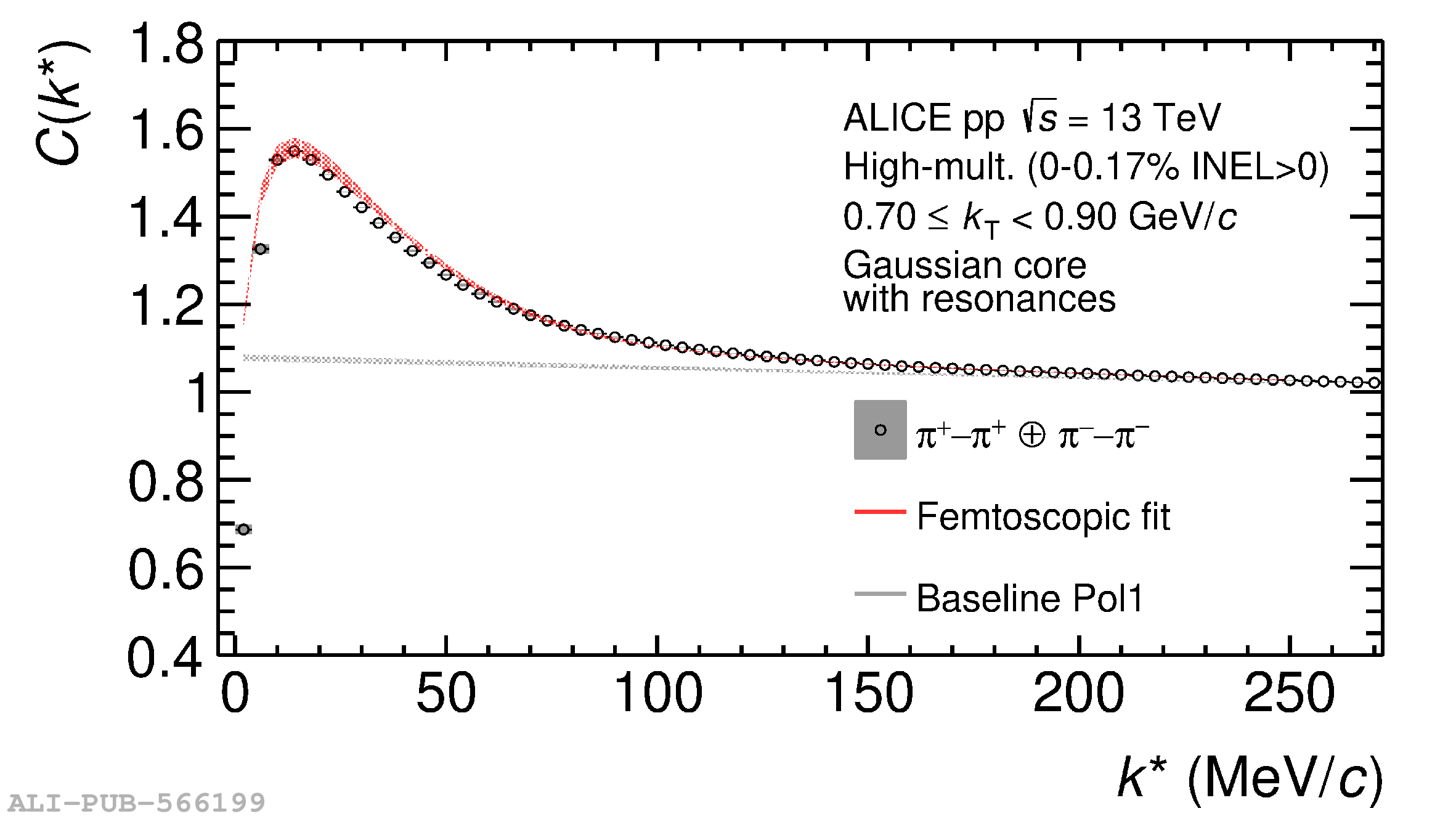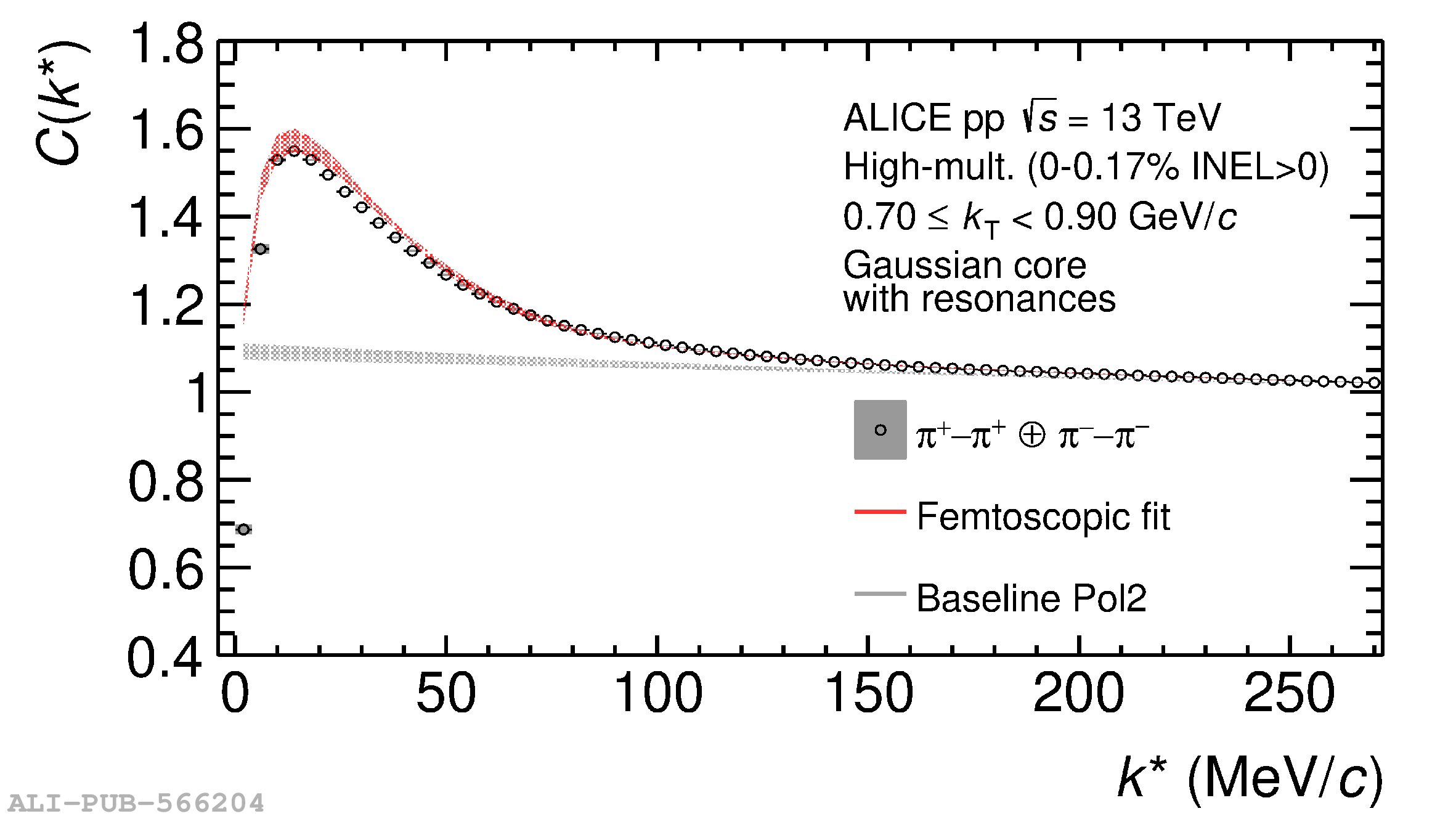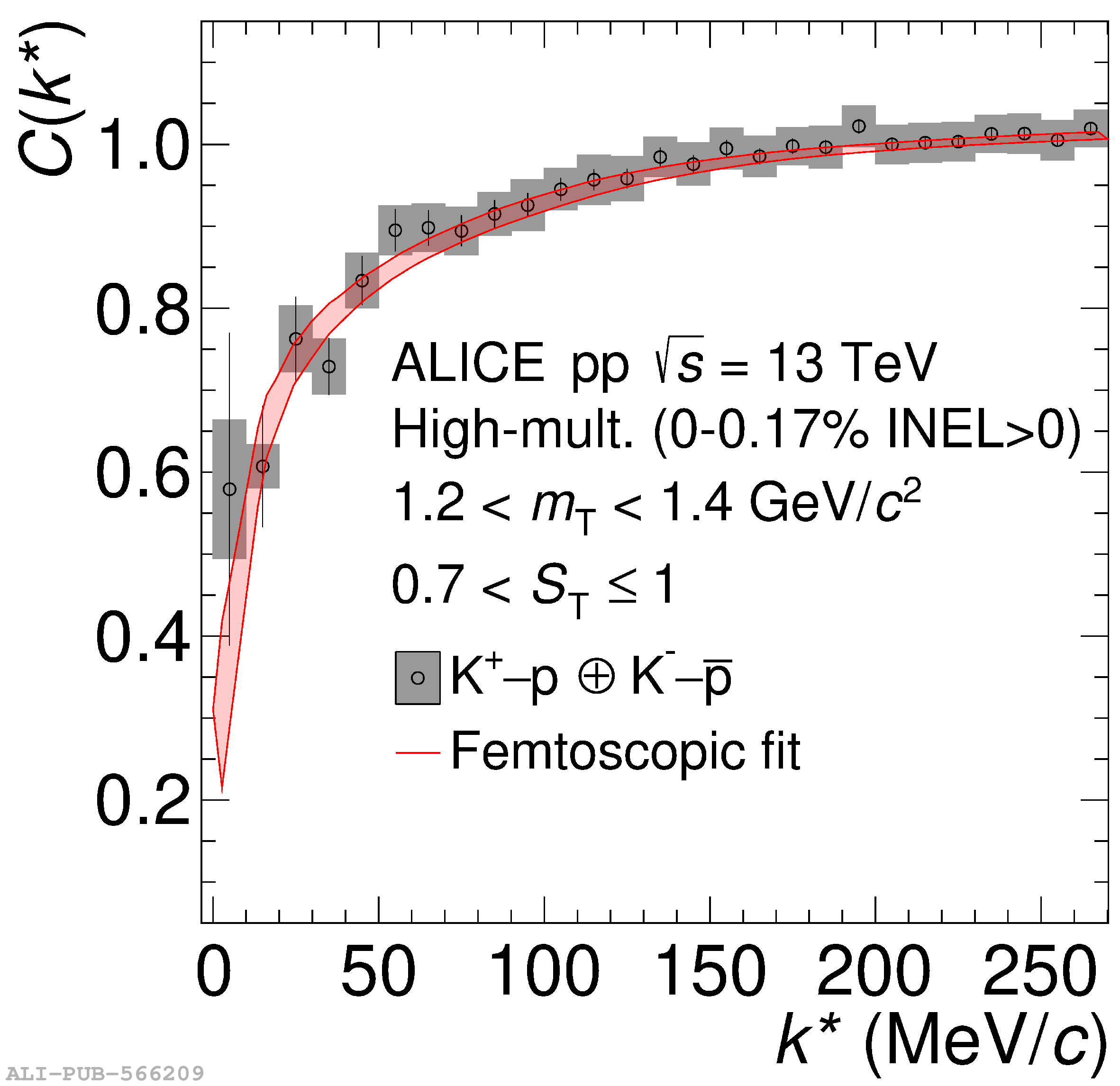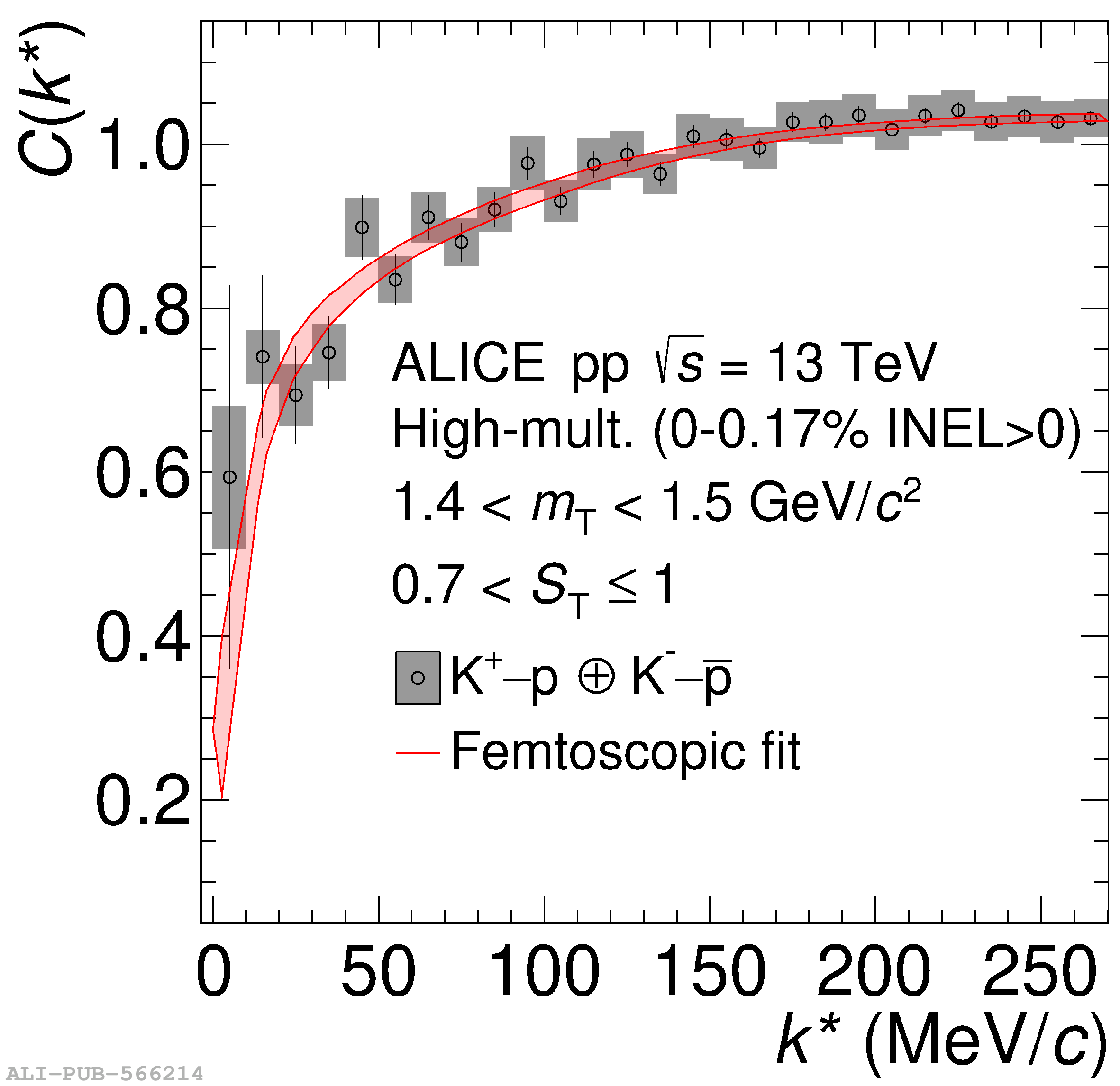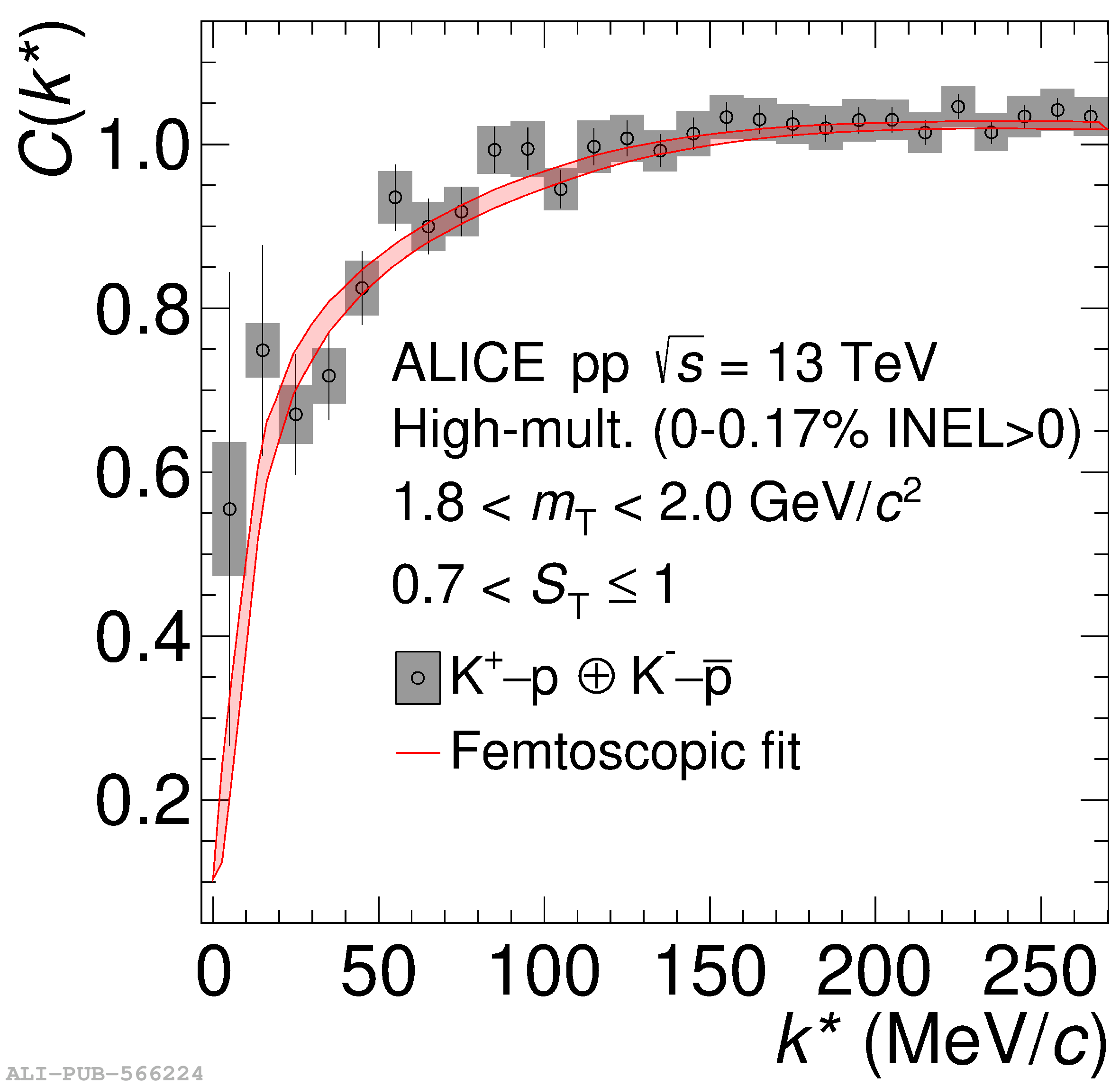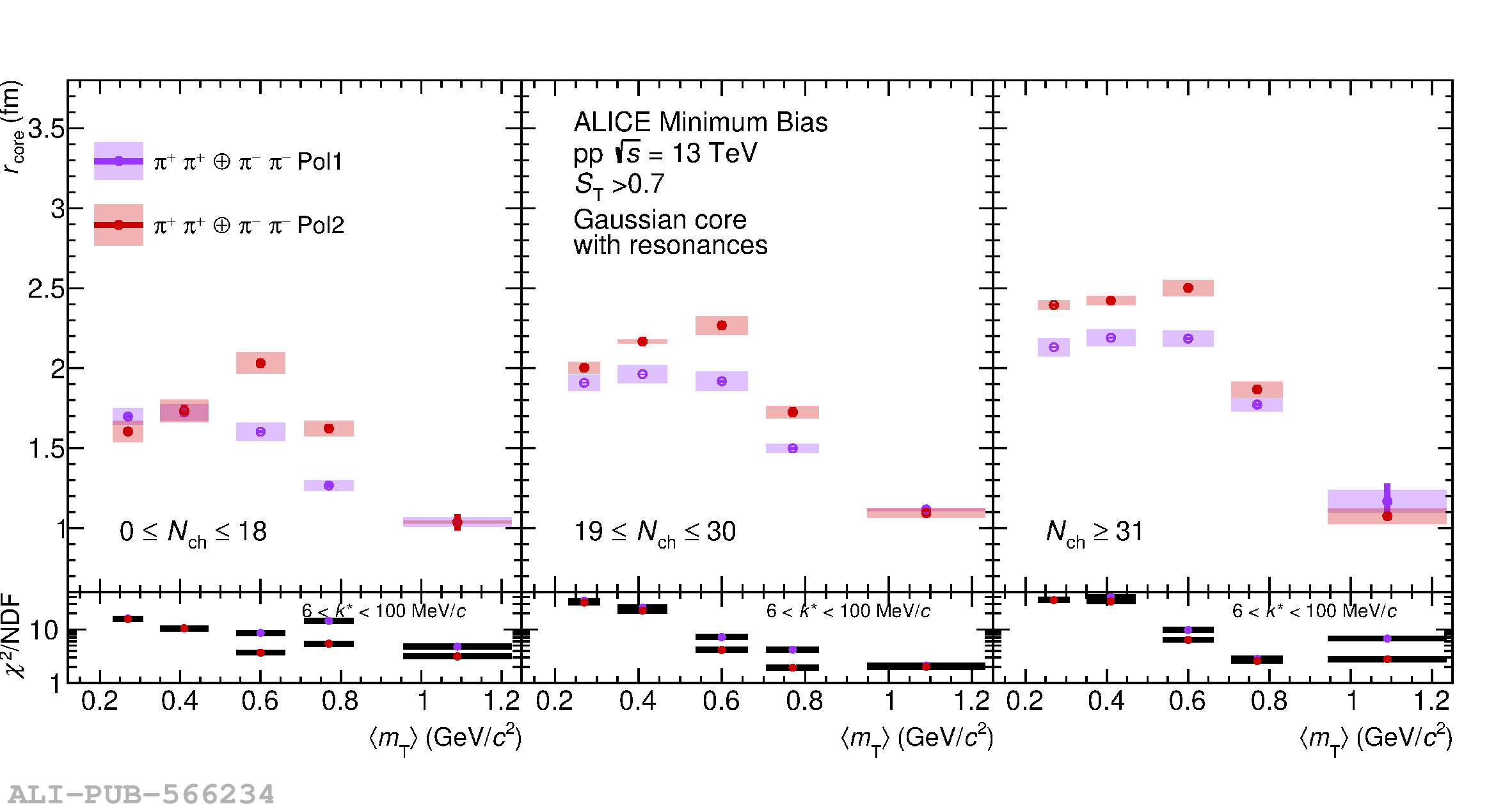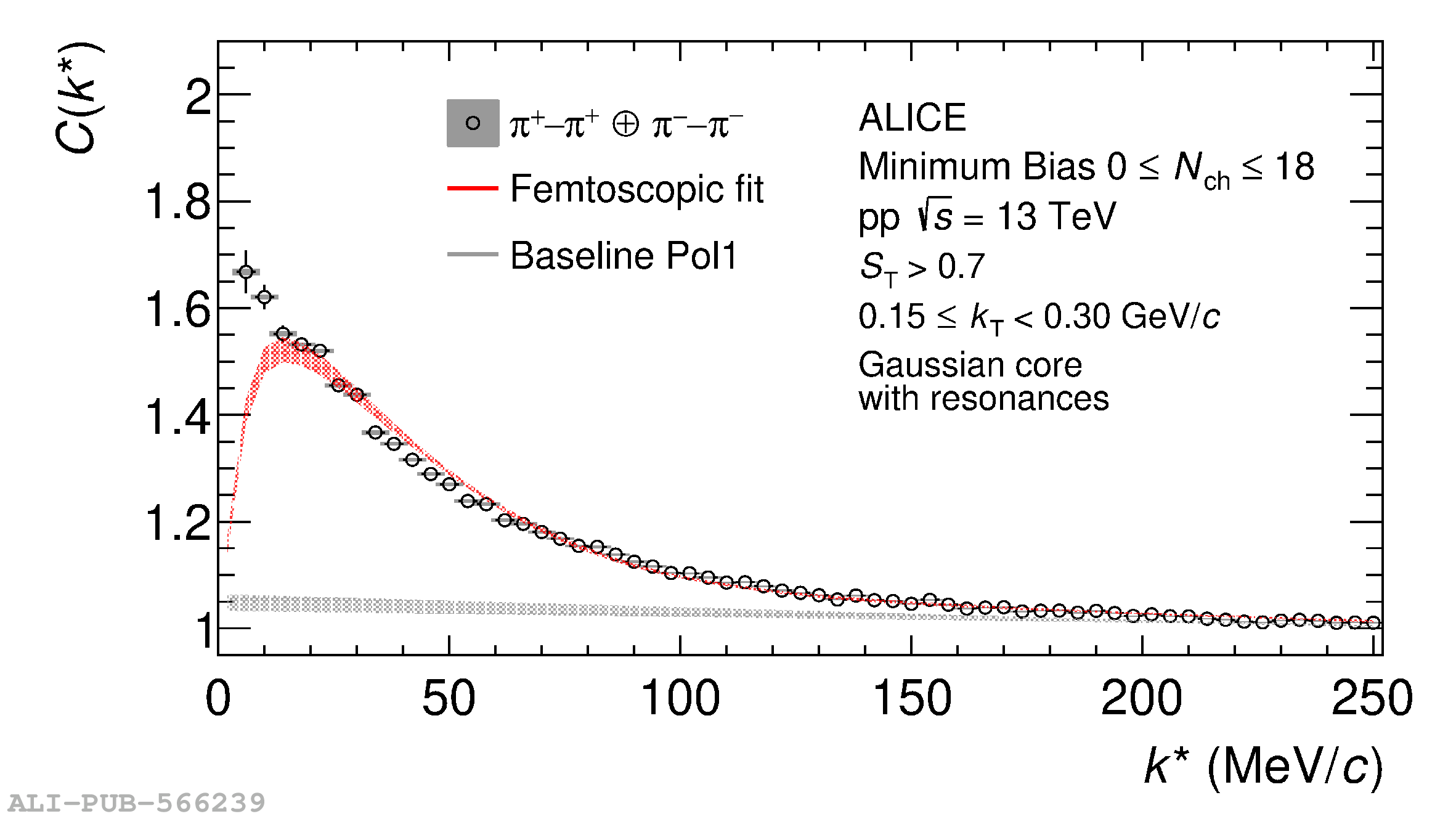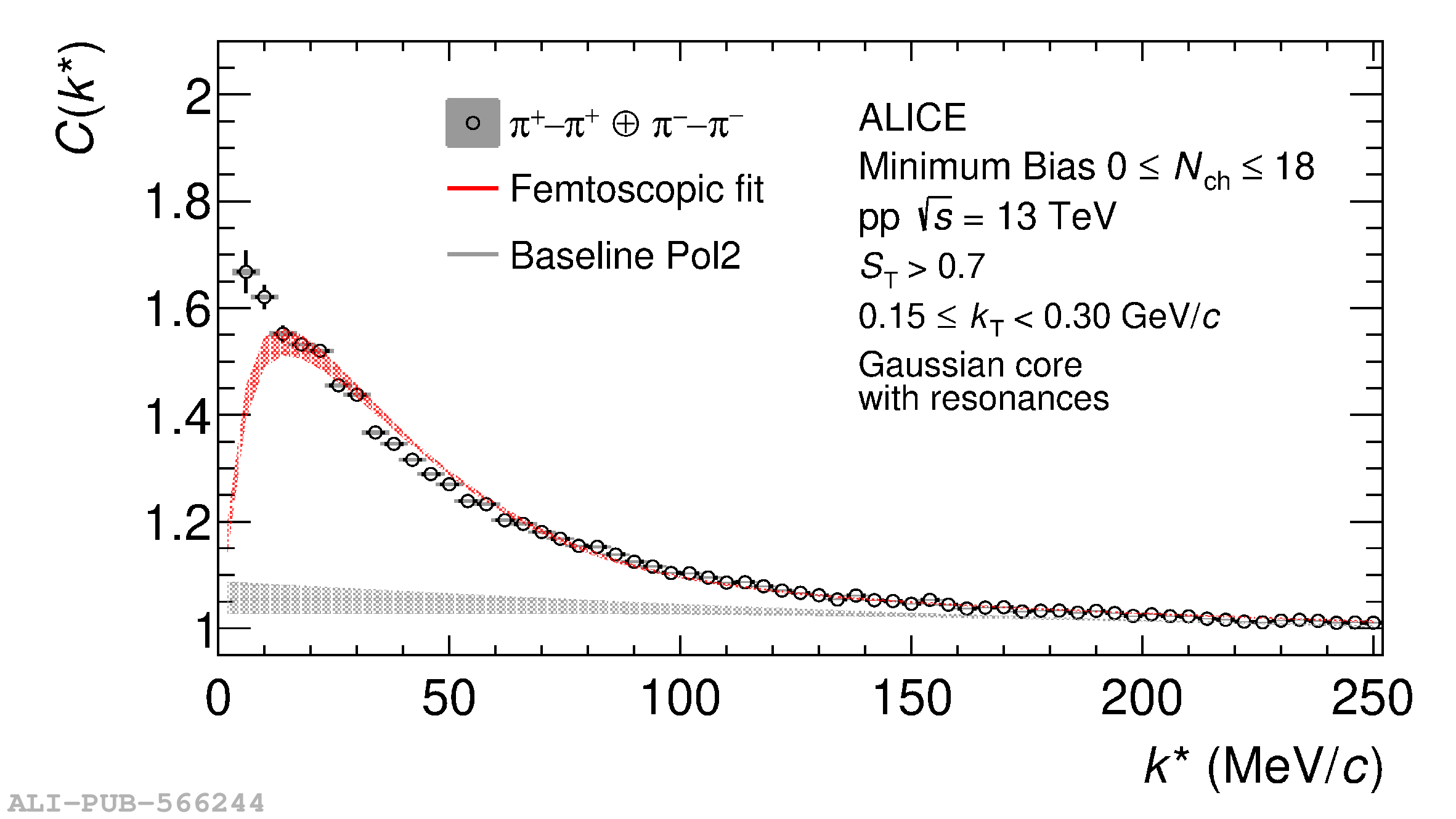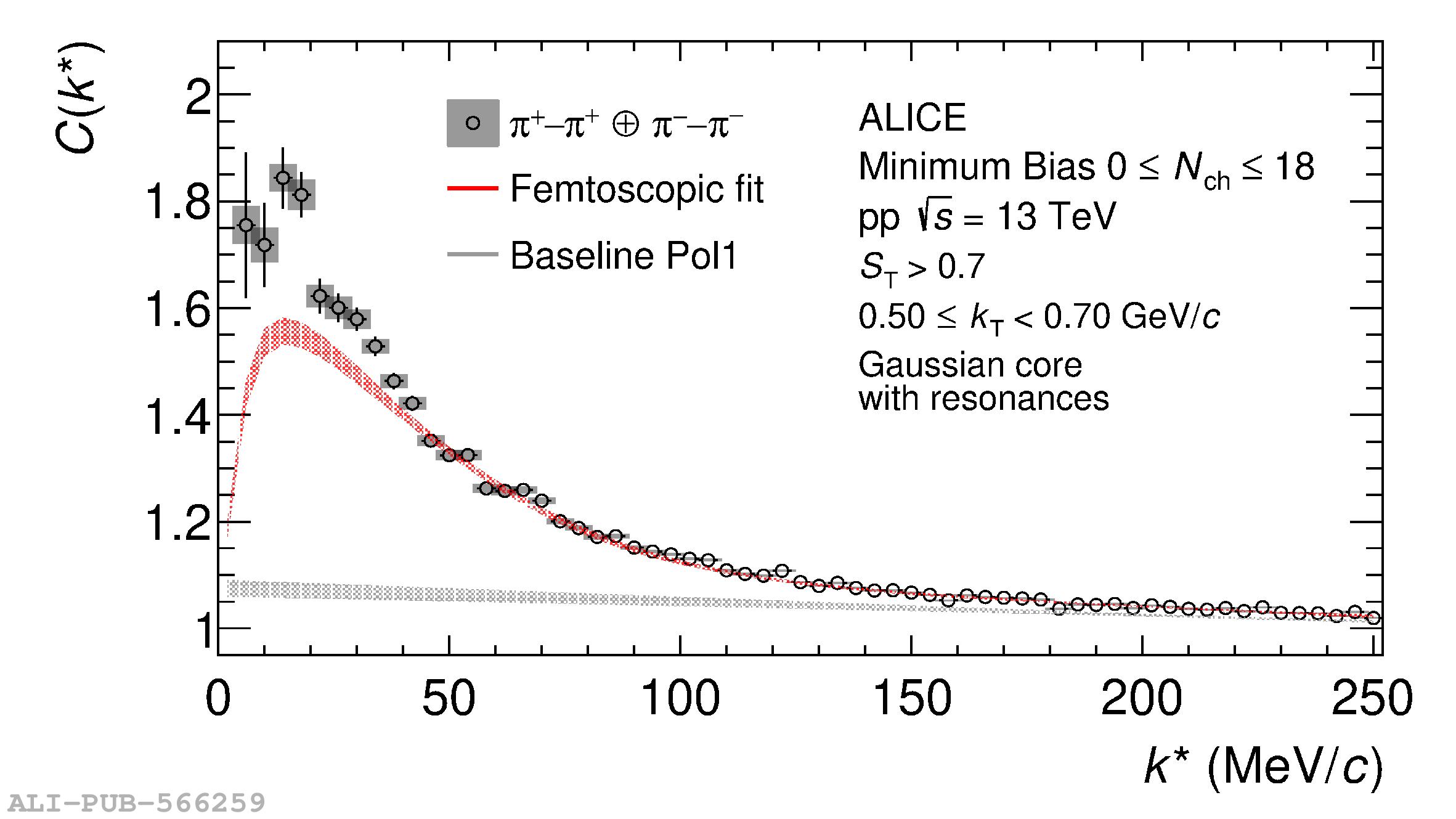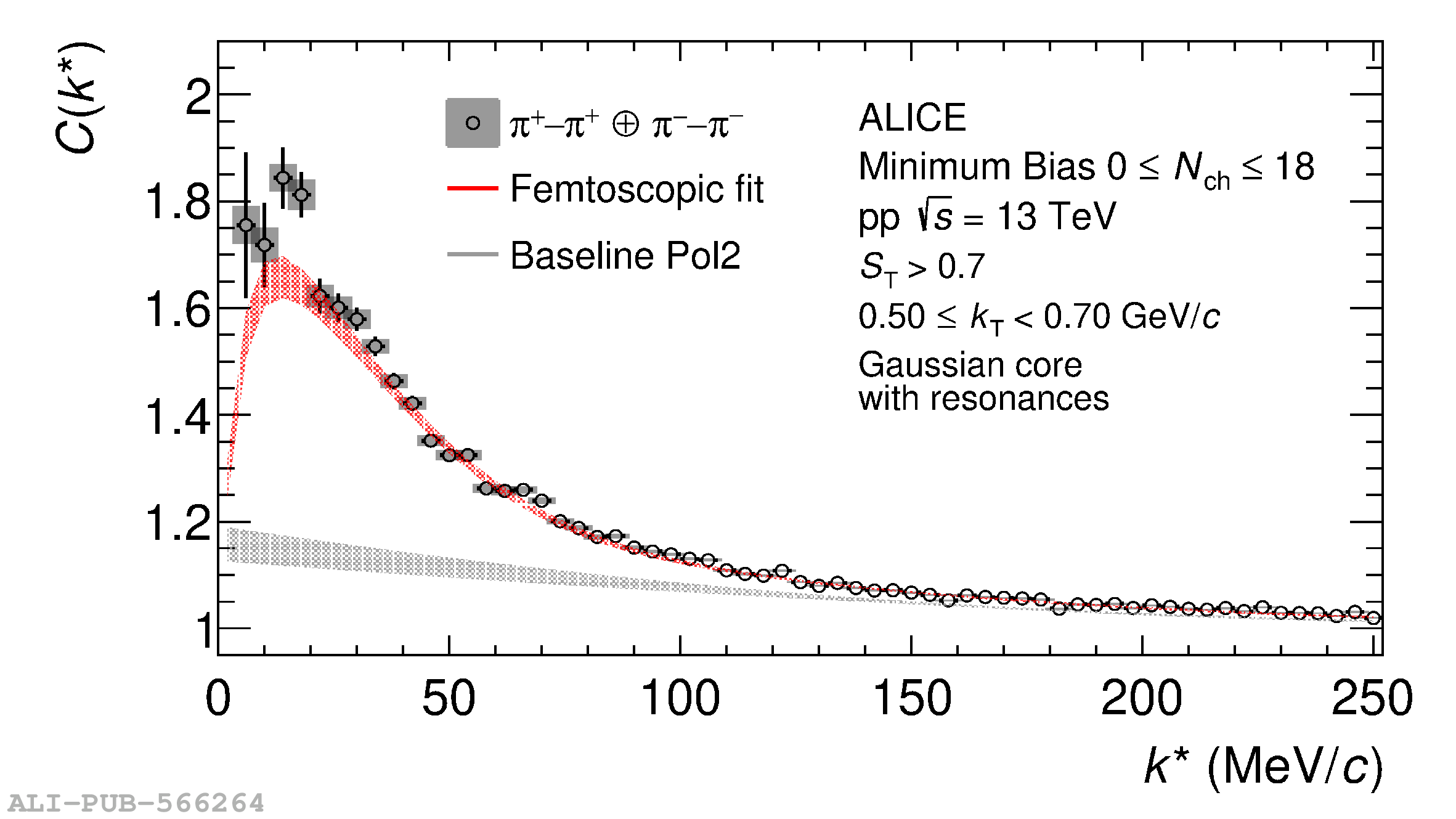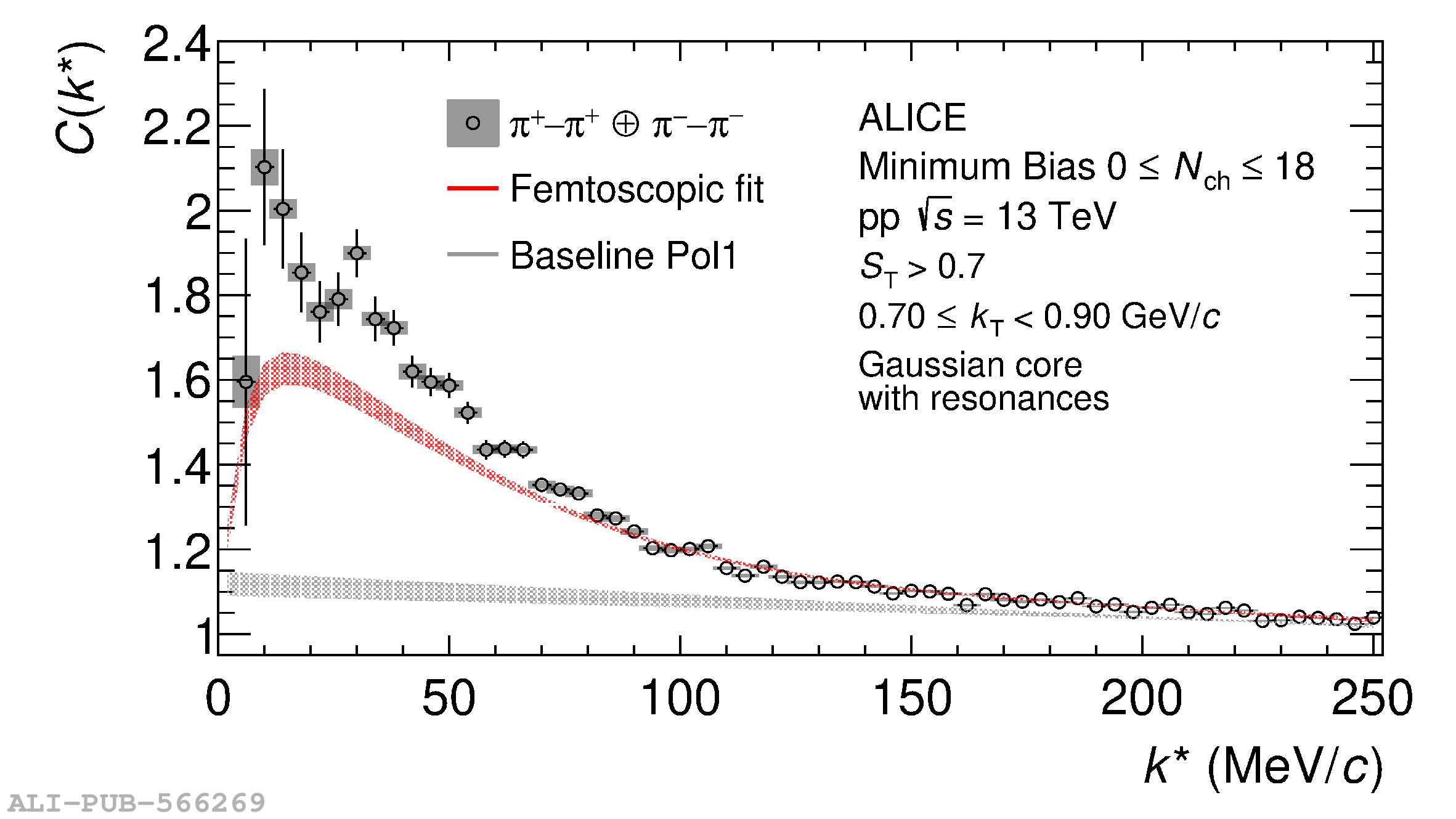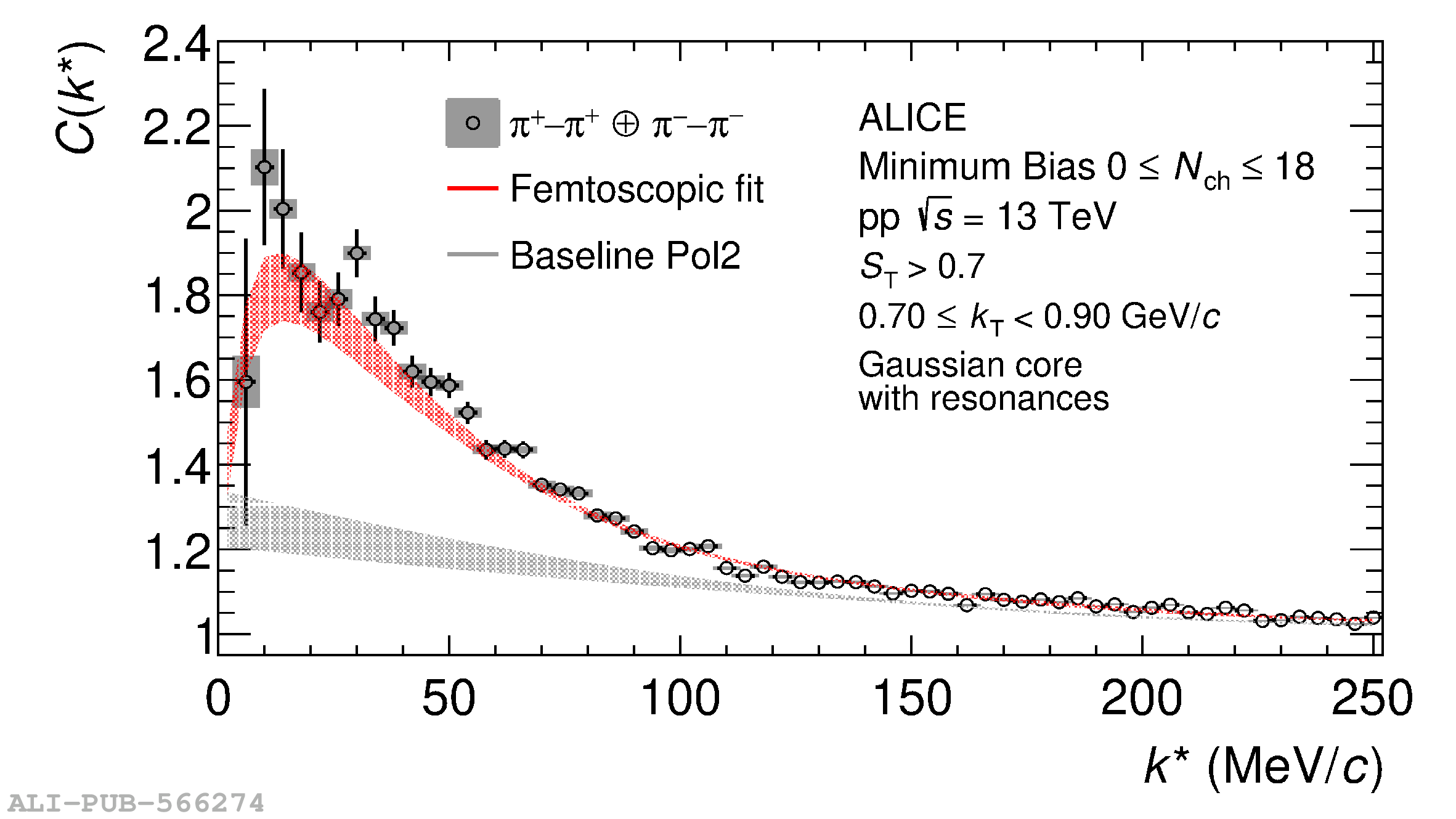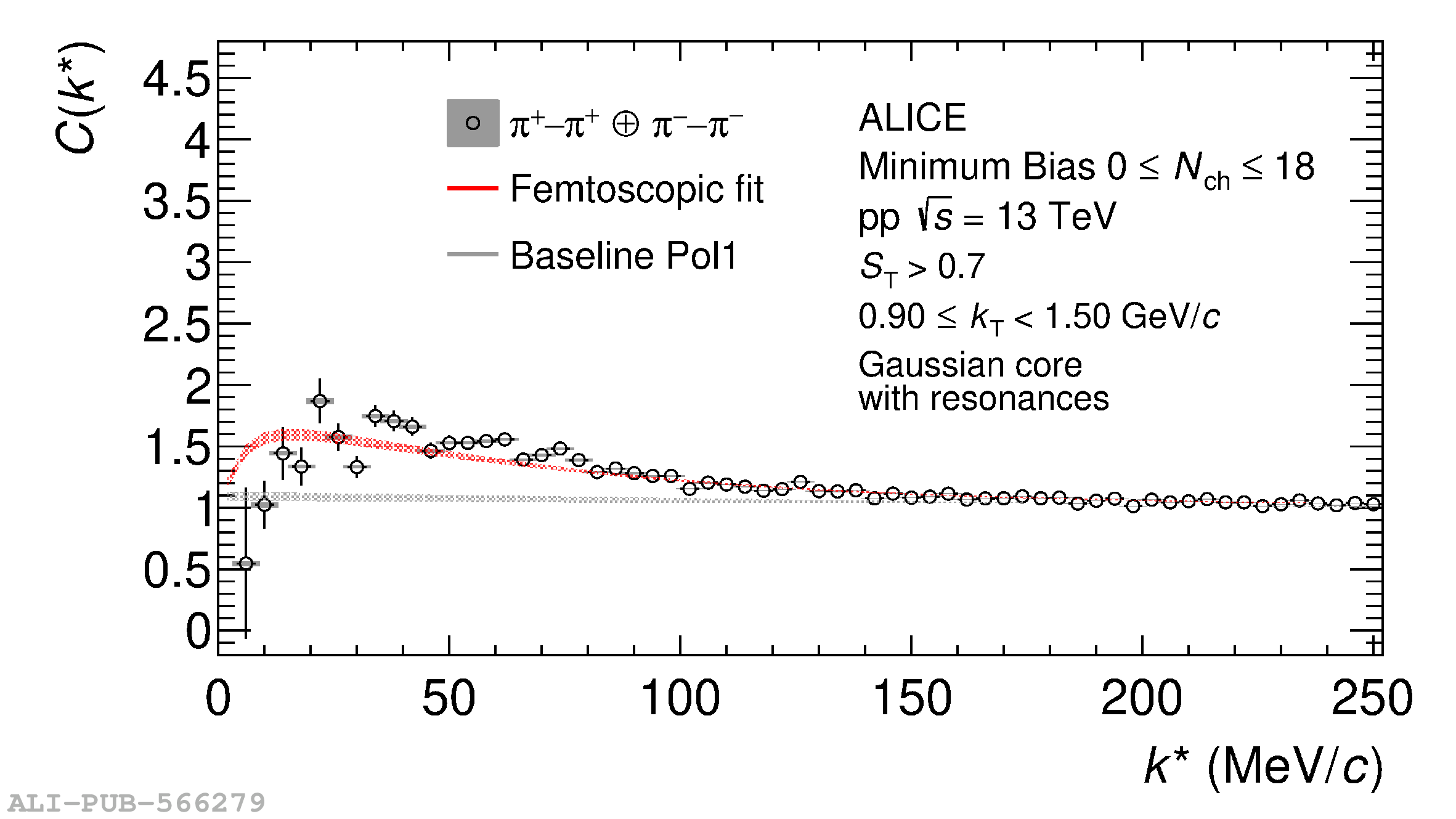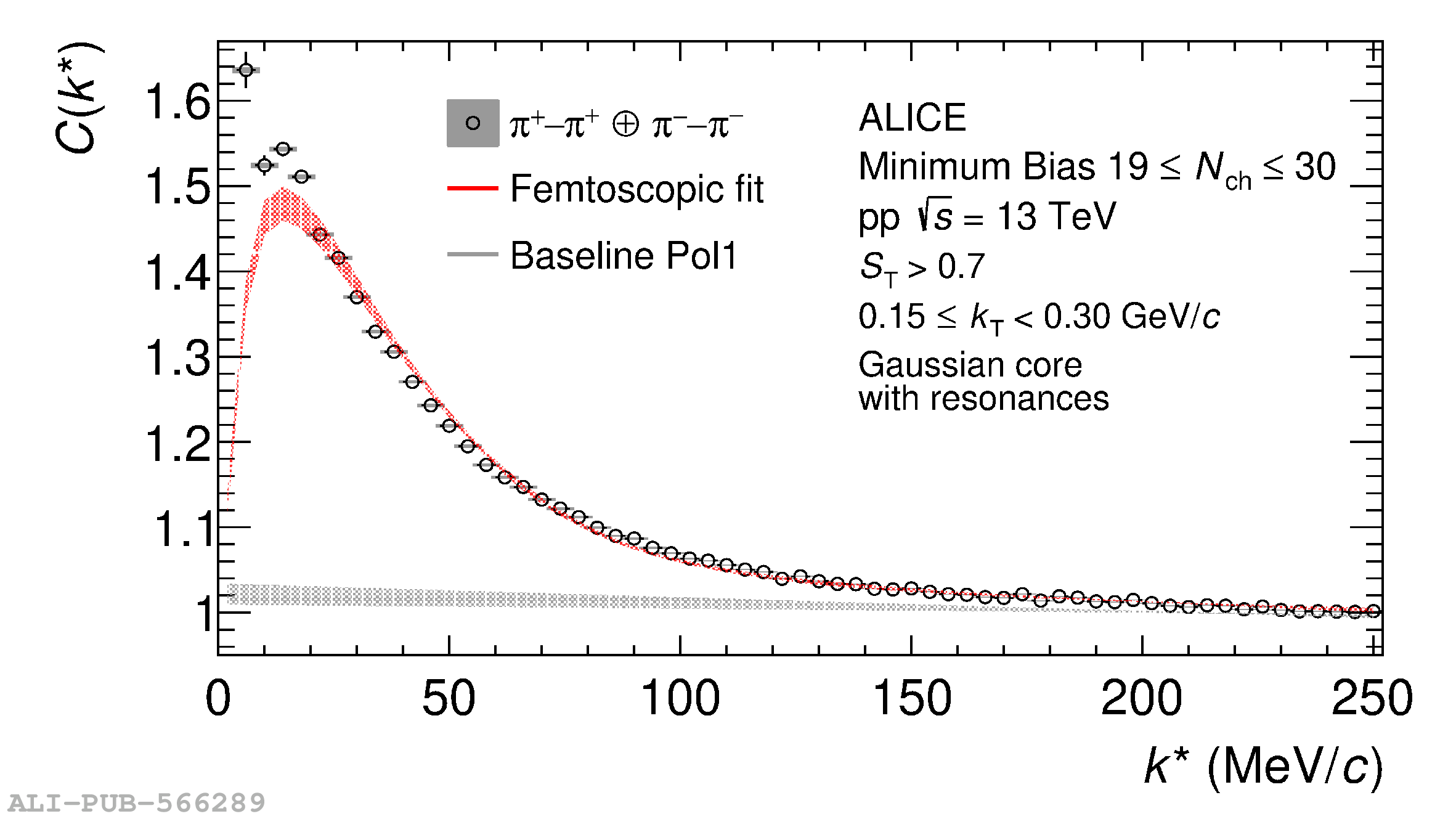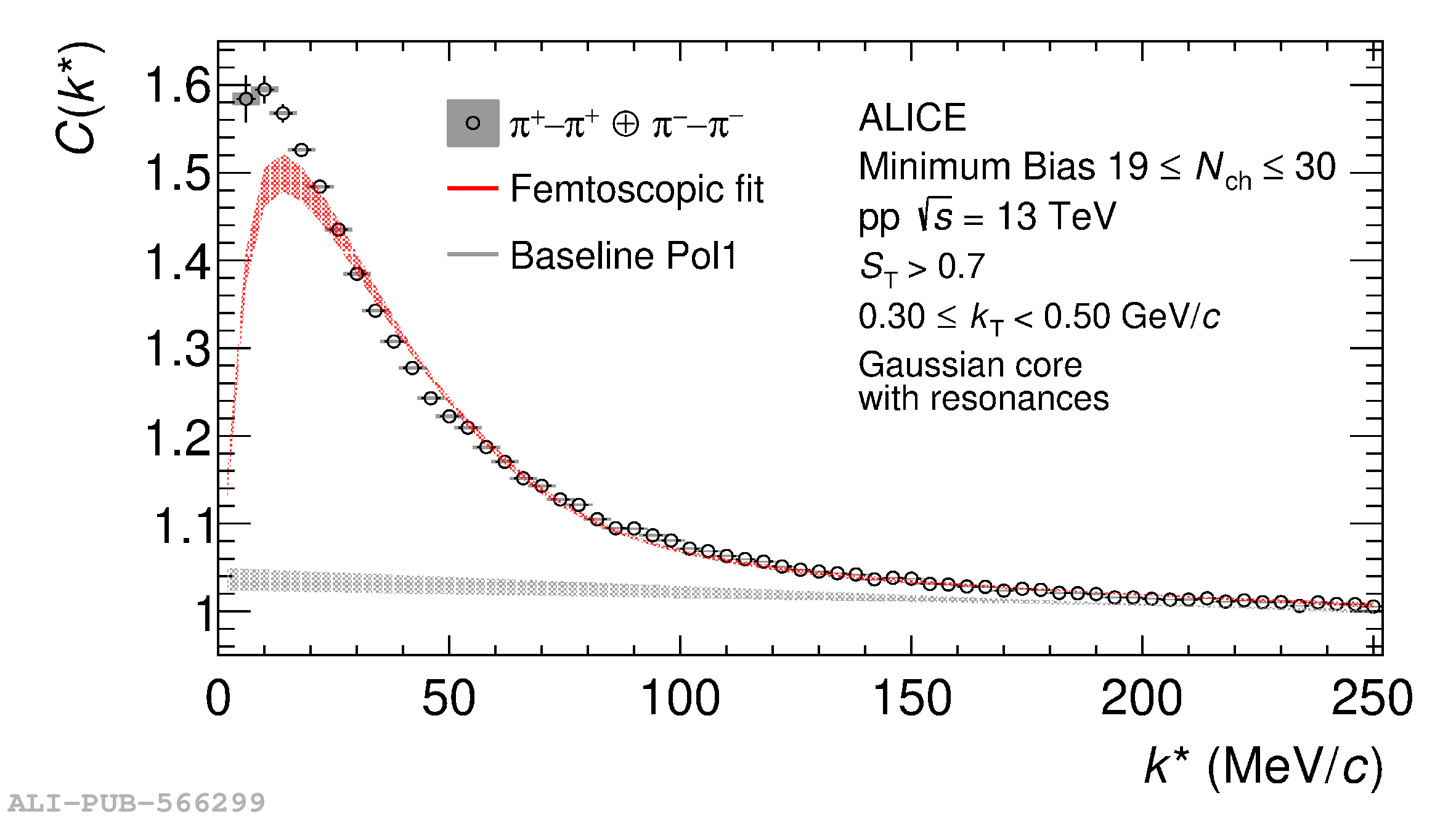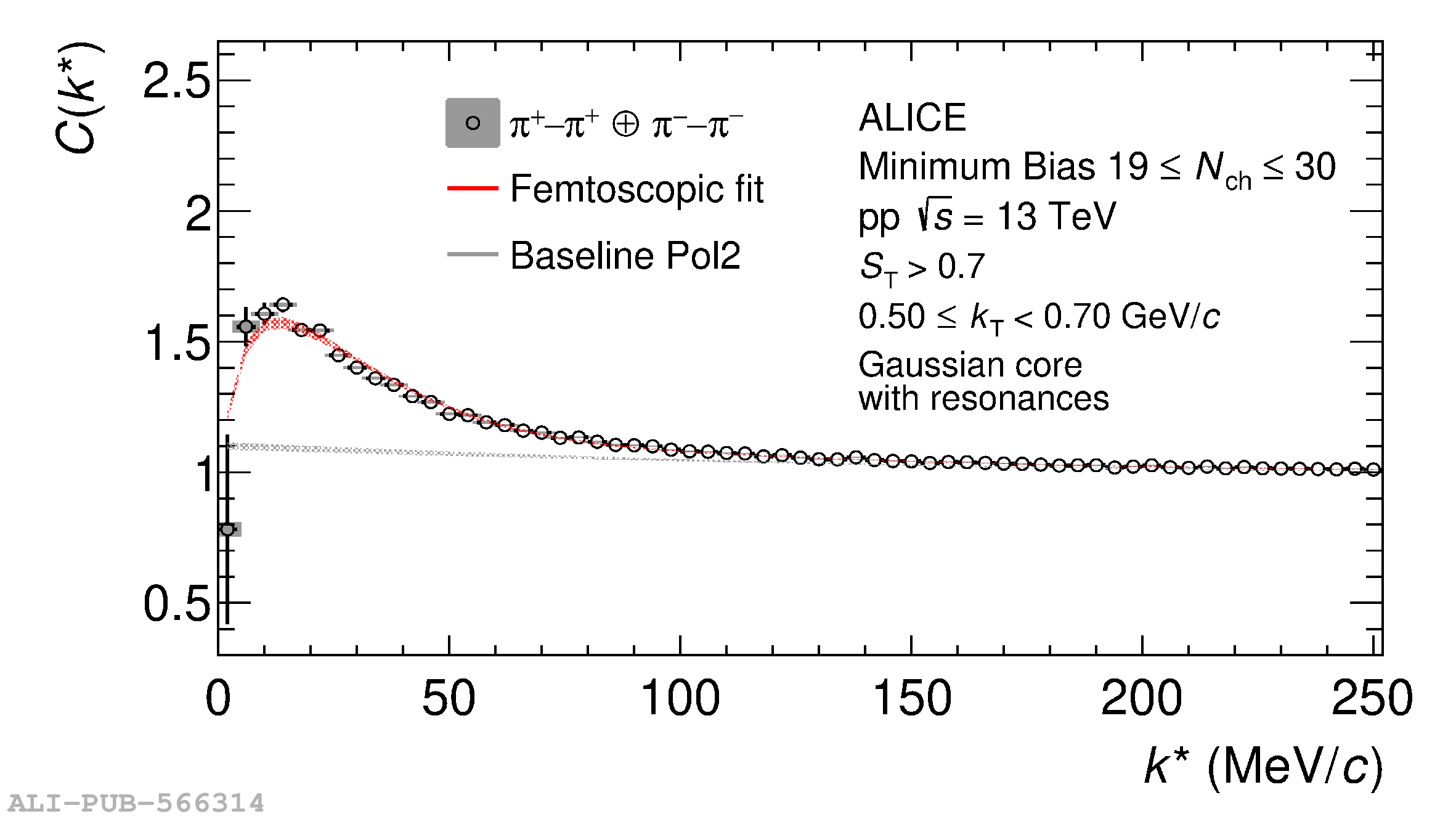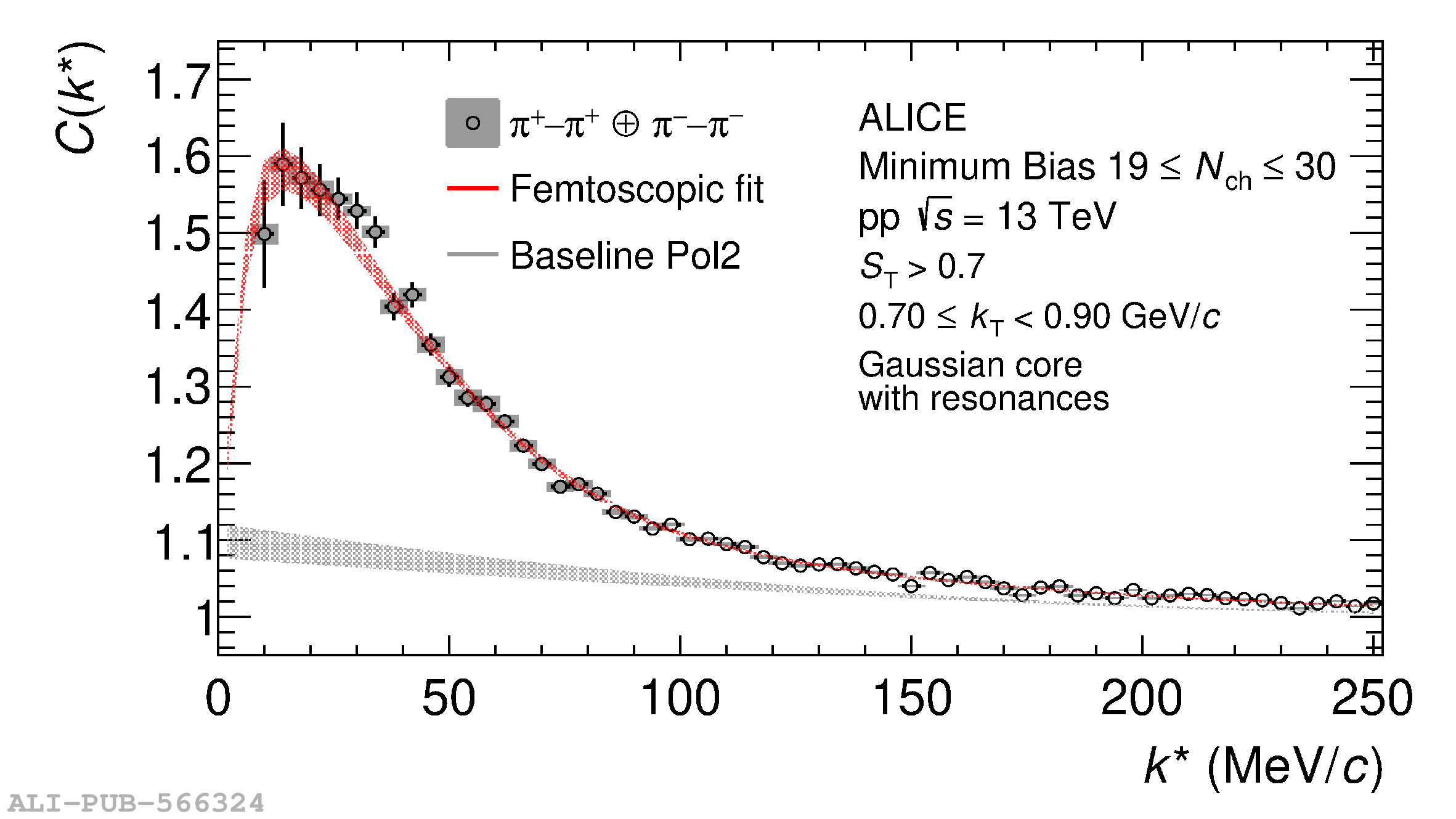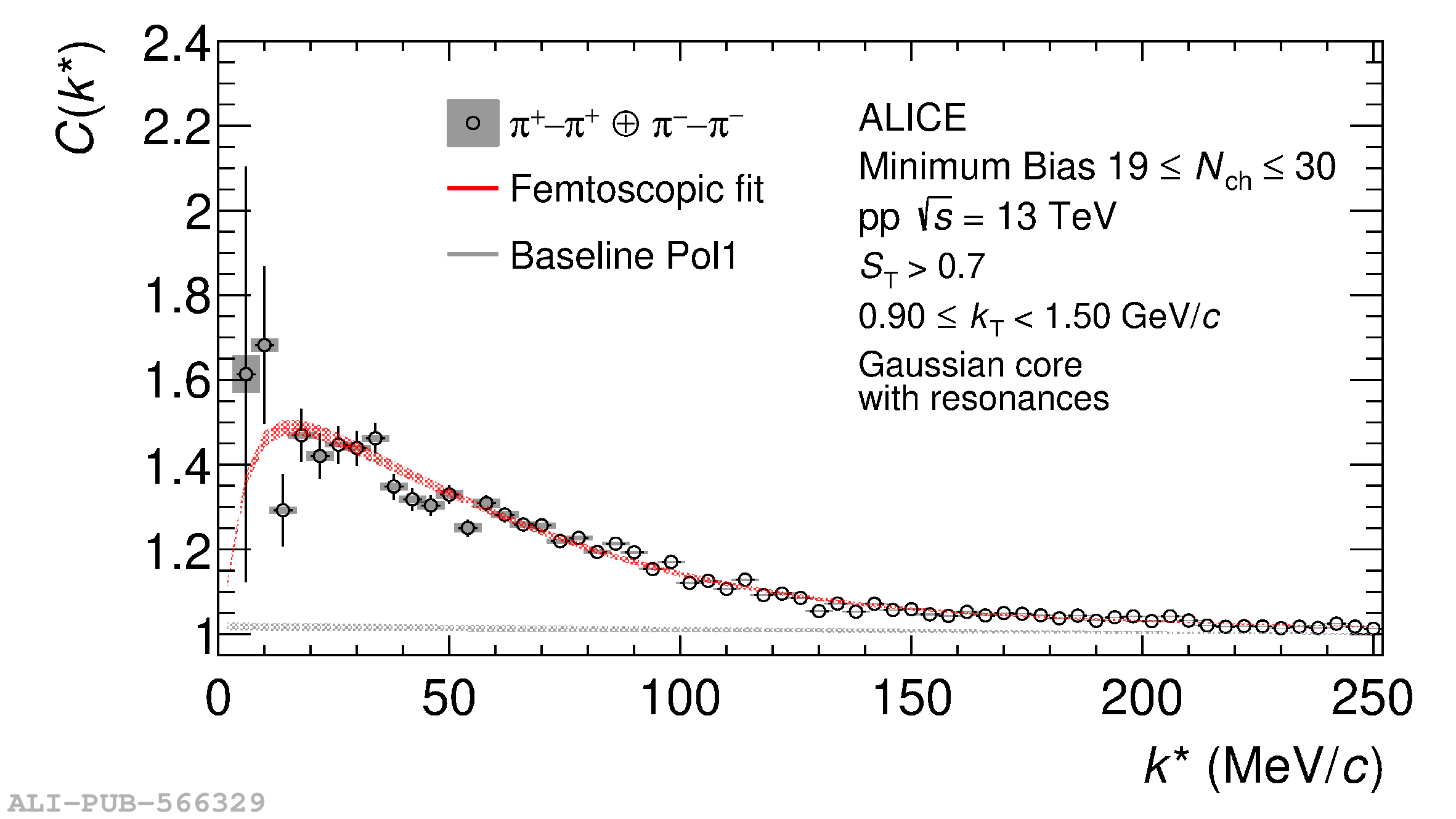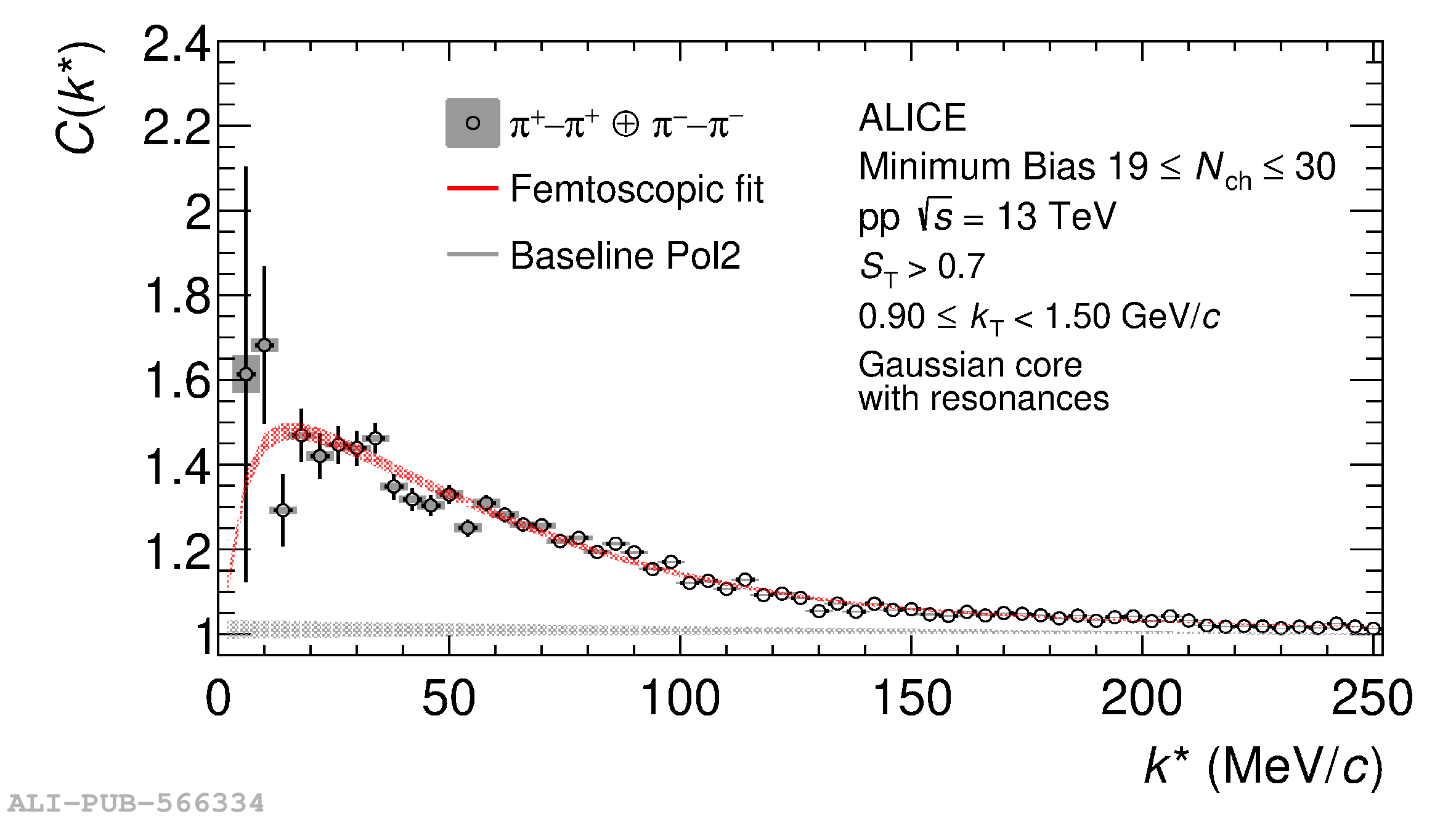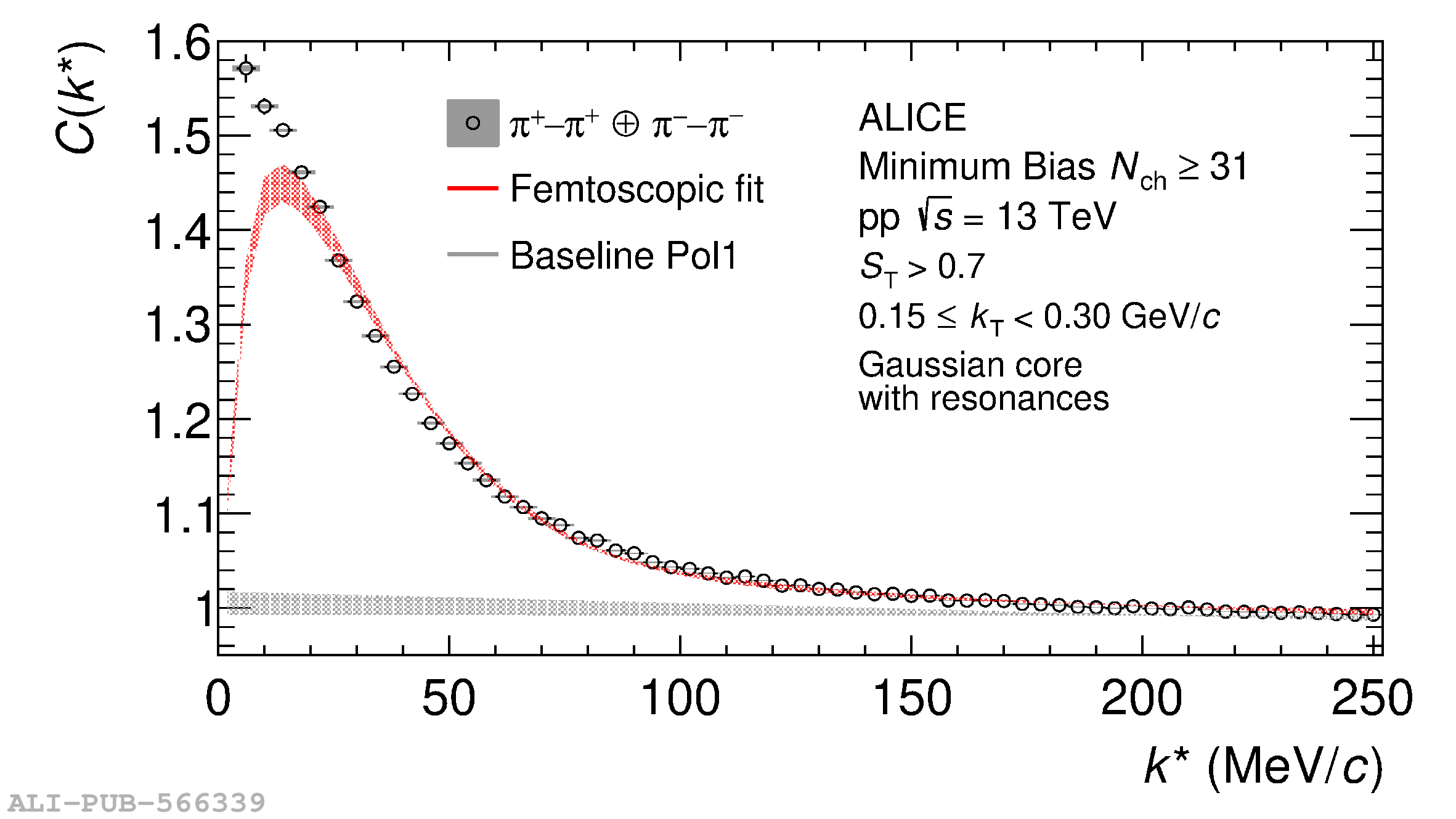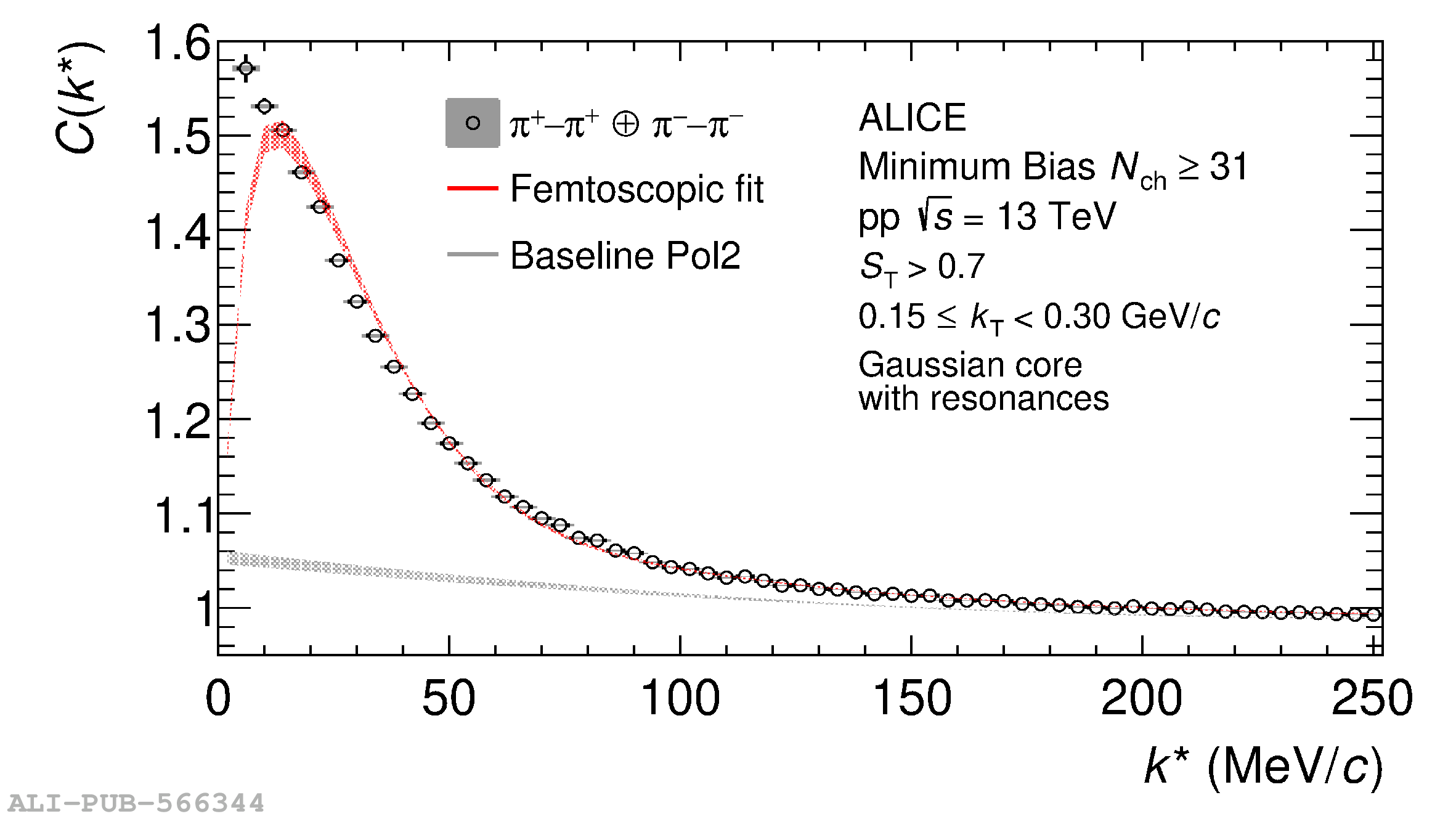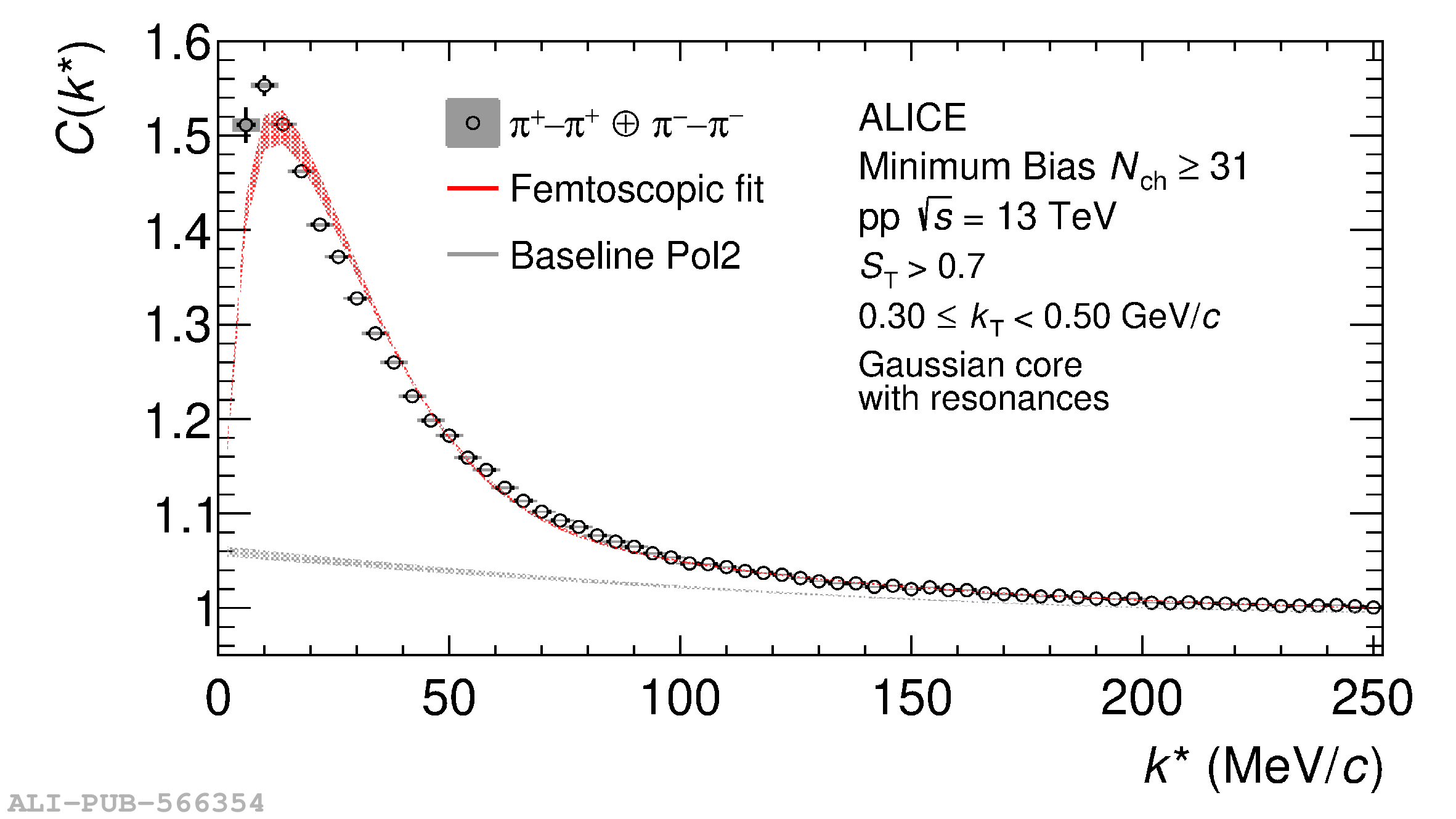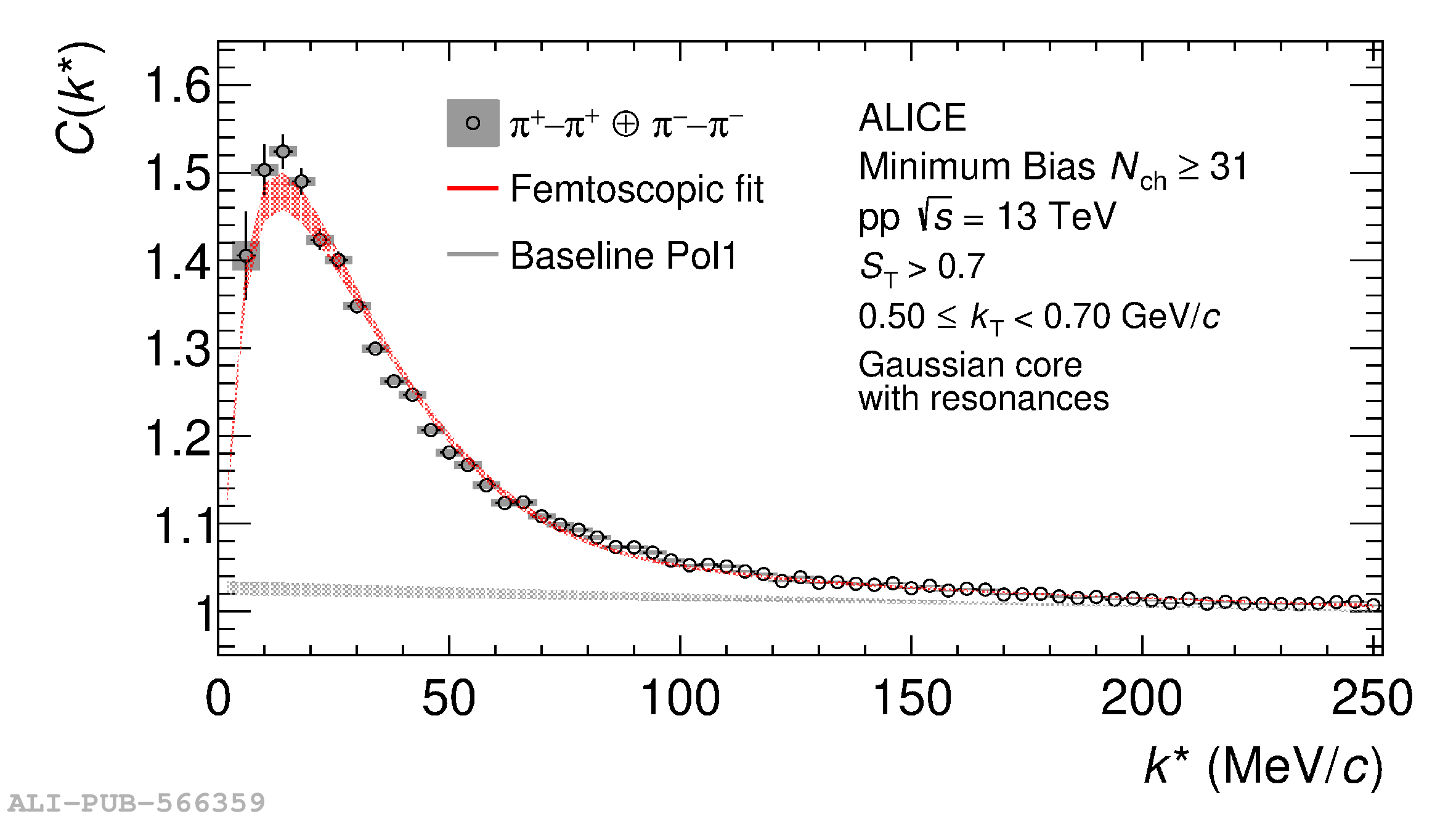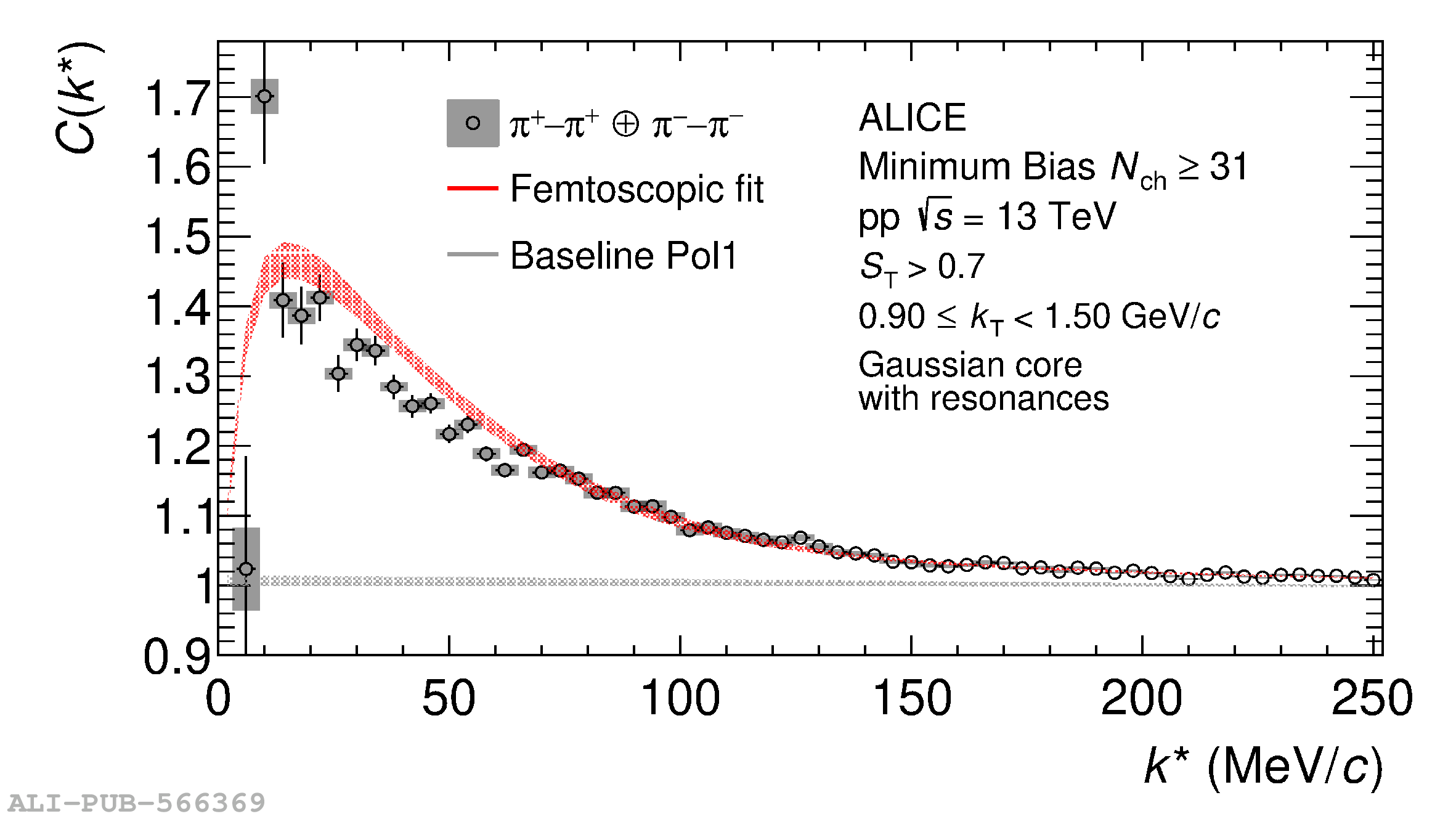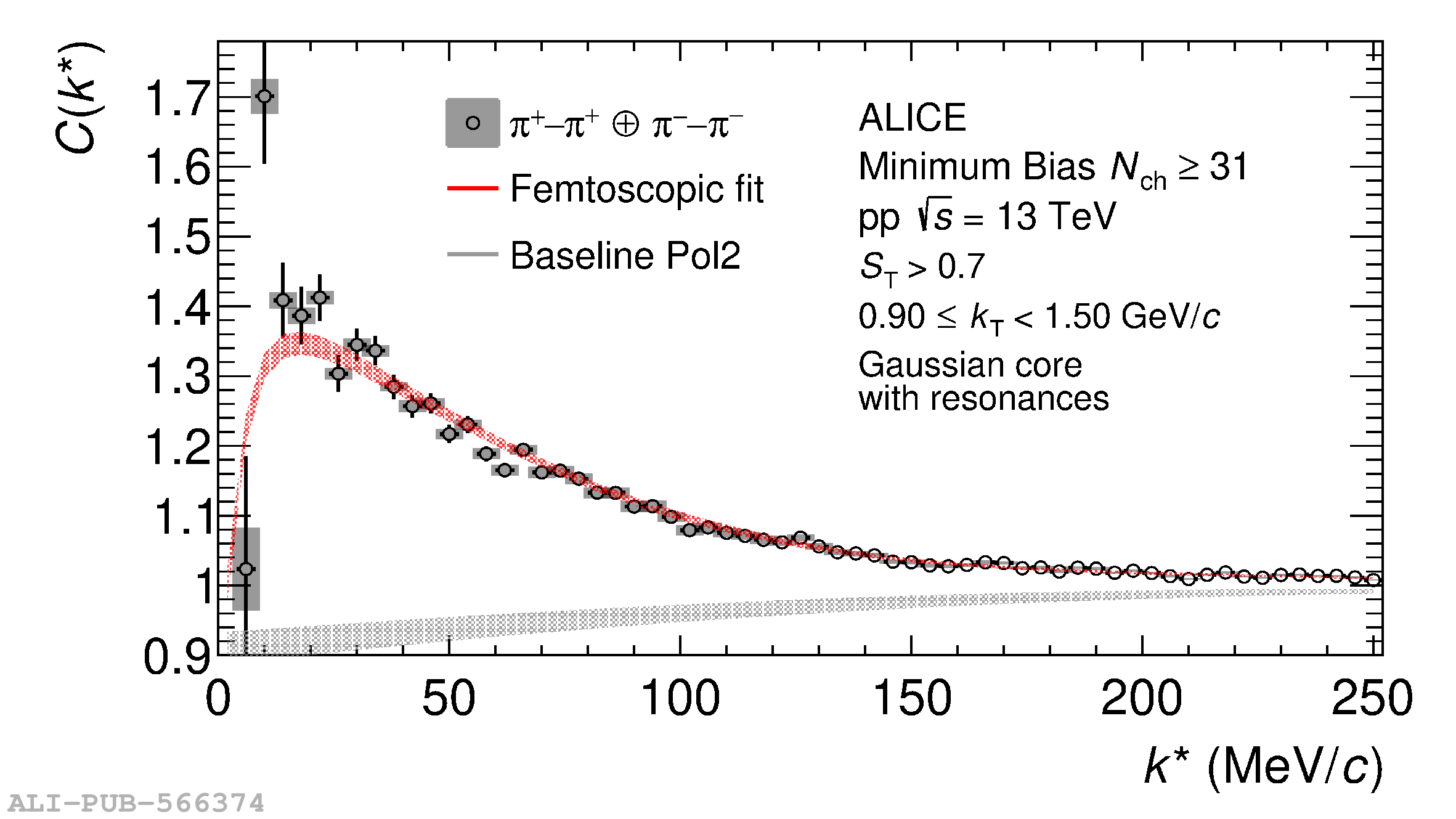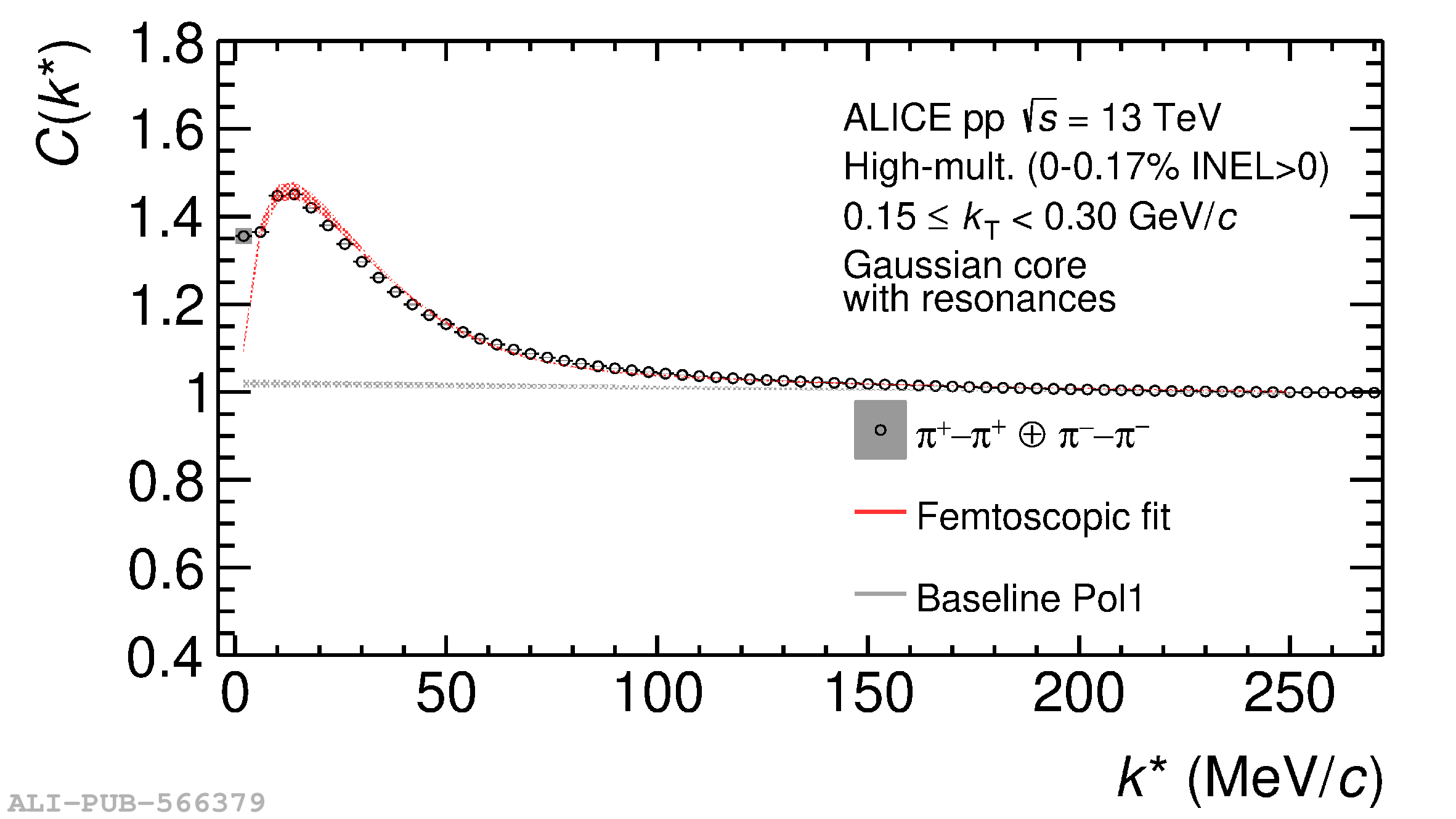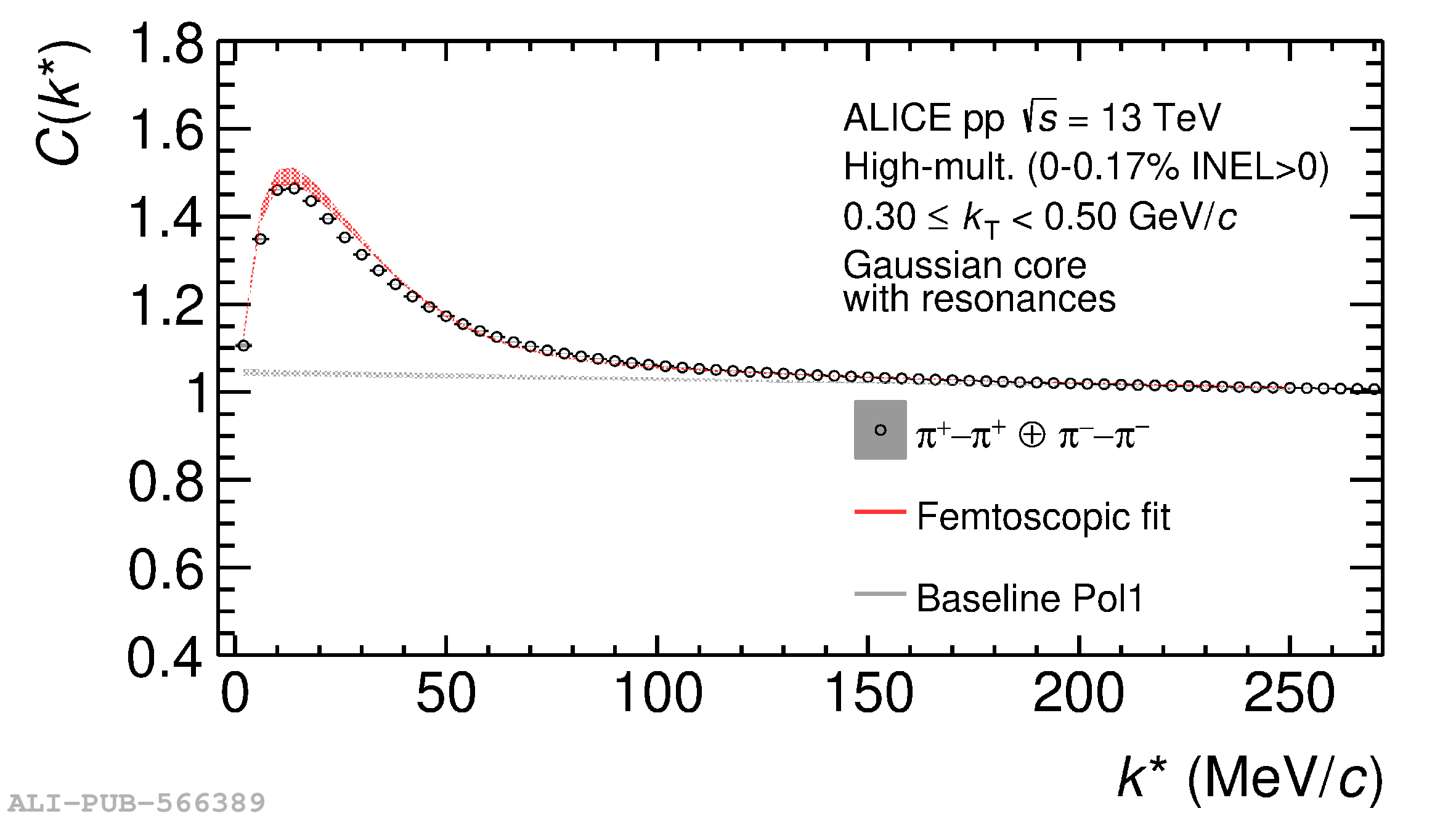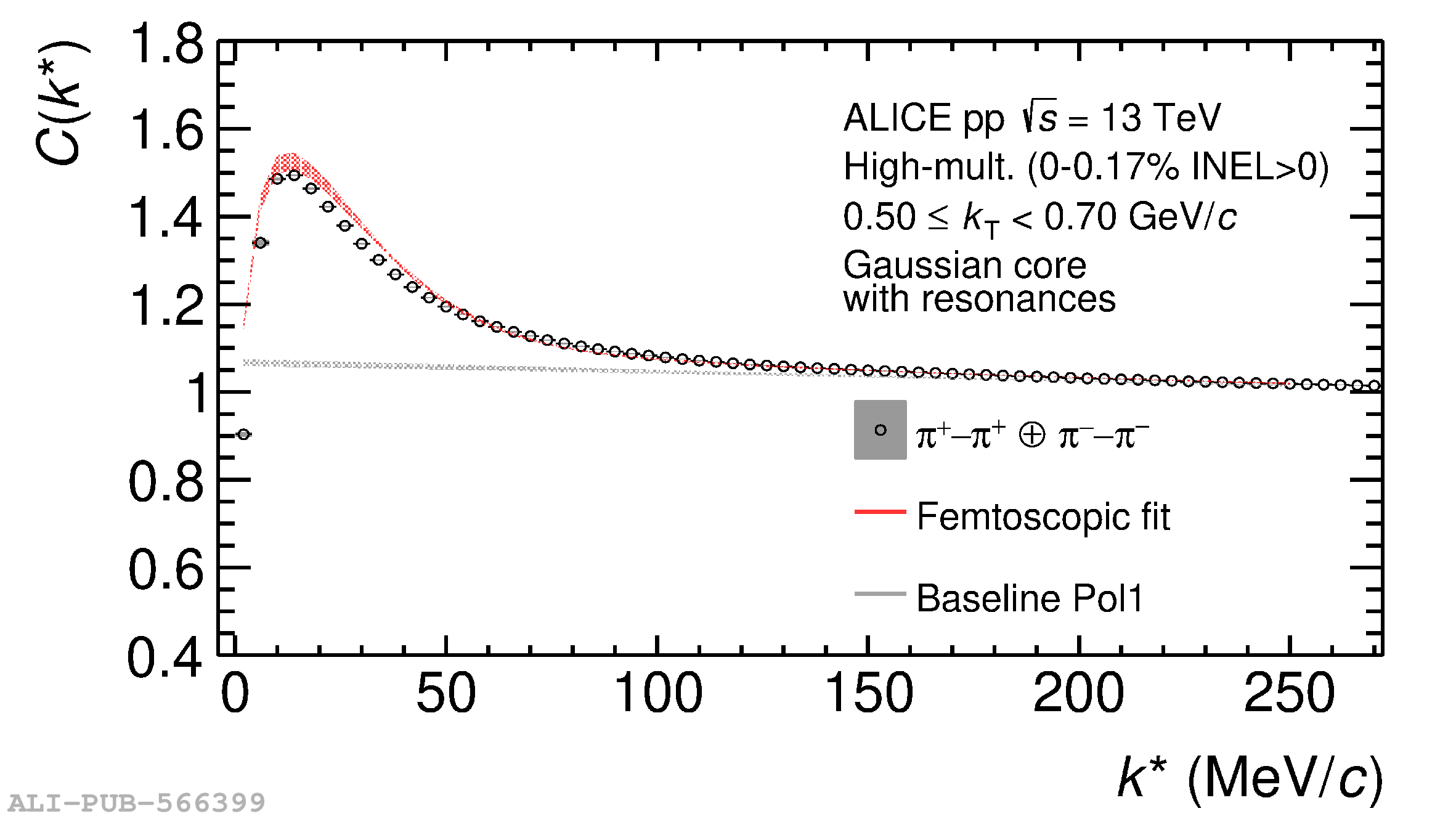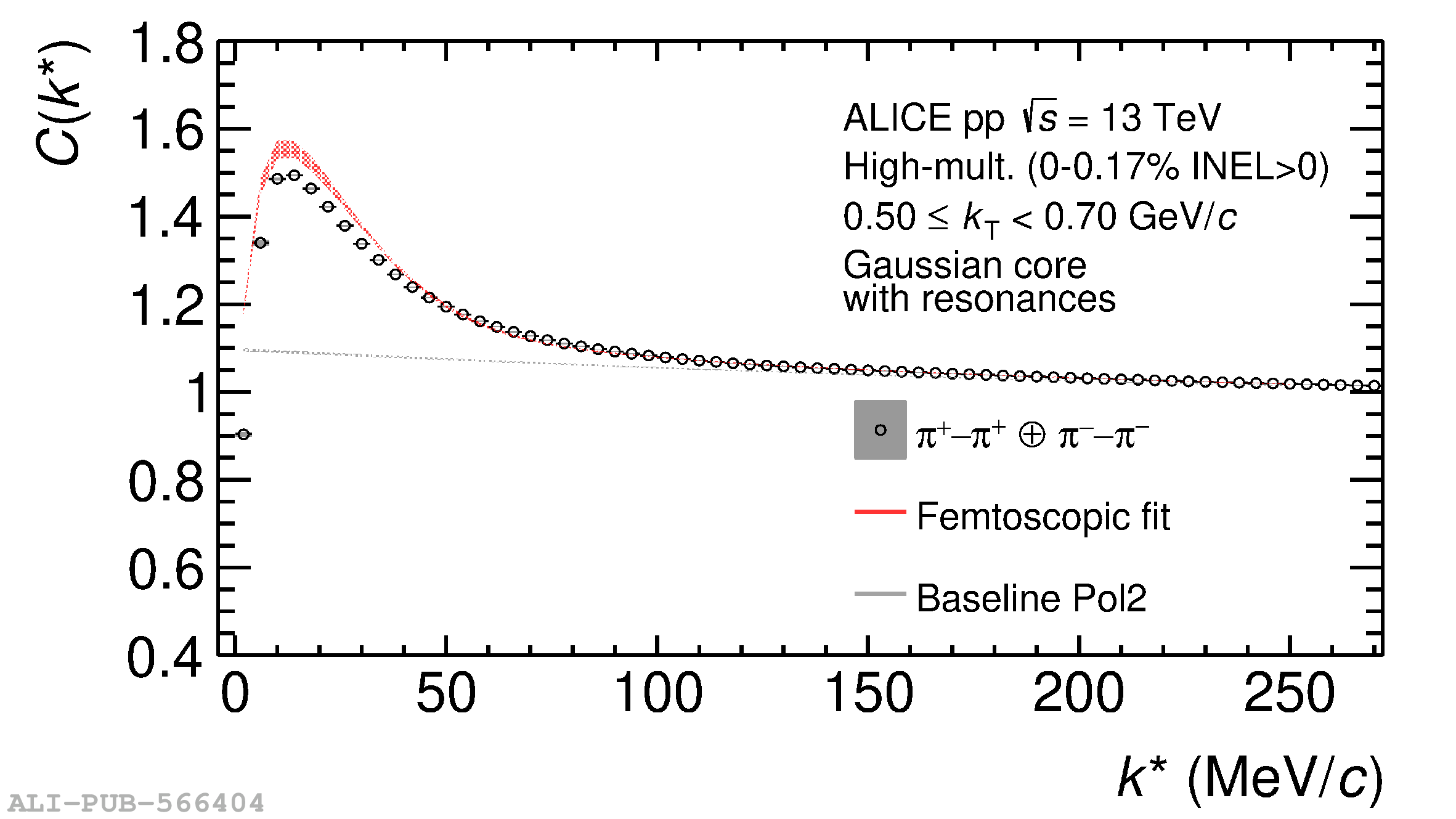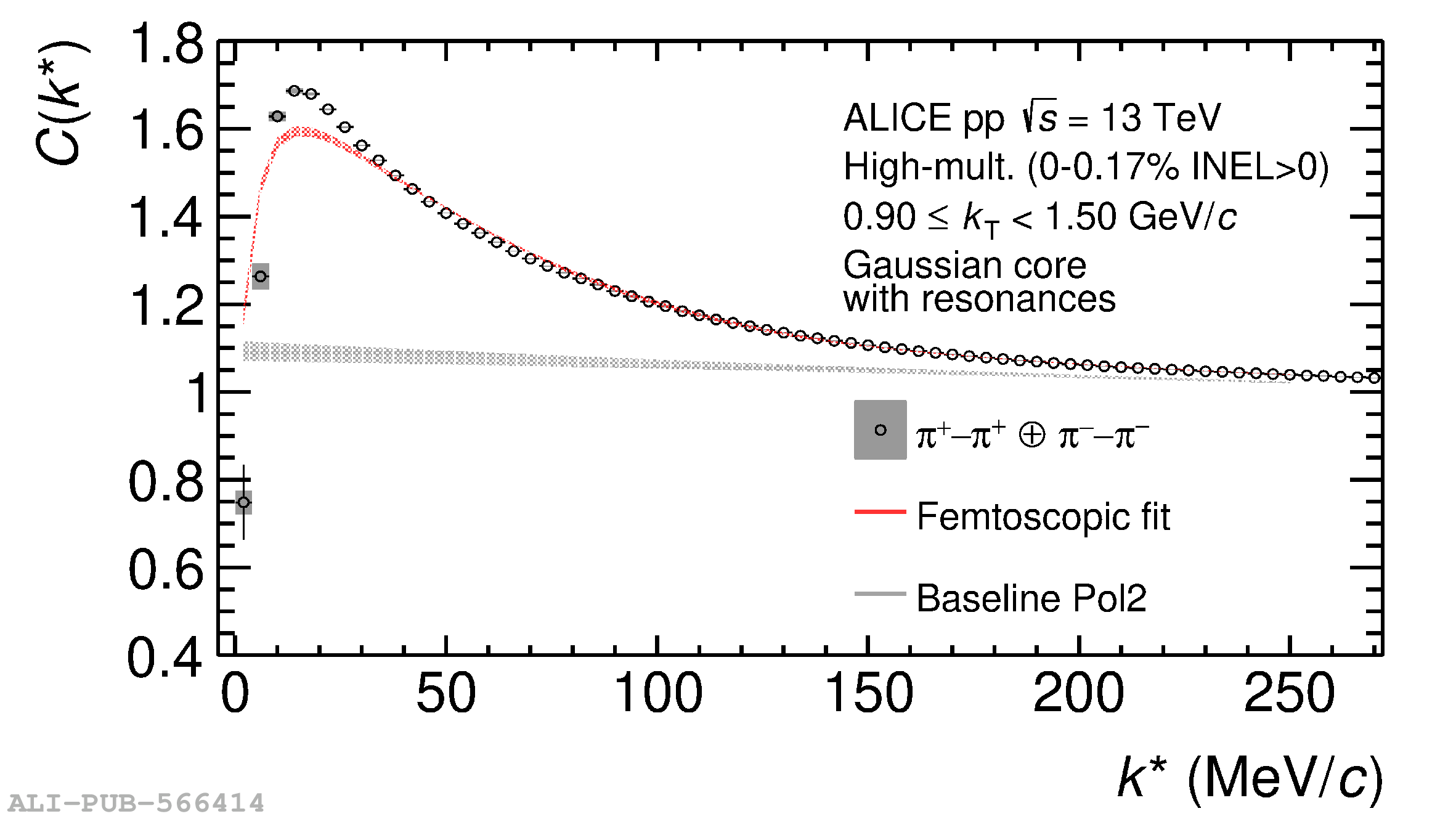The femtoscopic study of pairs of identical pions is particularly suited to investigate the effective source function of particle emission, due to the resulting Bose-Einstein correlation signal. In small collision systems at the LHC, pp in particular, the majority of the pions are produced in resonance decays, which significantly affect the profile and size of the source. In this work, we explicitly model this effect in order to extract the primordial source in pp collisions at $\sqrt{s} = 13$ TeV from charged $\pi$-$\pi$ correlations measured by ALICE. We demonstrate that the assumption of a Gaussian primordial source is compatible with the data and that the effective source, resulting from modifications due to resonances, is approximately exponential, as found in previous measurements at the LHC. The universality of hadron emission in pp collisions is further investigated by applying the same methodology to characterize the primordial source of K-p pairs. The size of the primordial source is evaluated as a function of the transverse mass ($m_{\rm T}$) of the pairs, leading to the observation of a common scaling for both $\pi$-$\pi$ and K-p, suggesting a collective effect. Further, the present results are compatible with the $m_{\rm T}$ scaling of the p-p and p$-\Lambda$ primordial source measured by ALICE in high multiplicity pp collisions, providing compelling evidence for the presence of a common emission source for all hadrons in small collision systems at the LHC. This will allow the determination of the source function for any hadron--hadron pairs with high precision, granting access to the properties of the possible final-state interaction among pairs of less abundantly produced hadrons, such as strange or charmed particles.
Eur. Phys. J. C (2025) 85:198
HEP Data
e-Print: arXiv:2311.14527 | PDF | inSPIRE
CERN-EP-2023-267
Figure group

